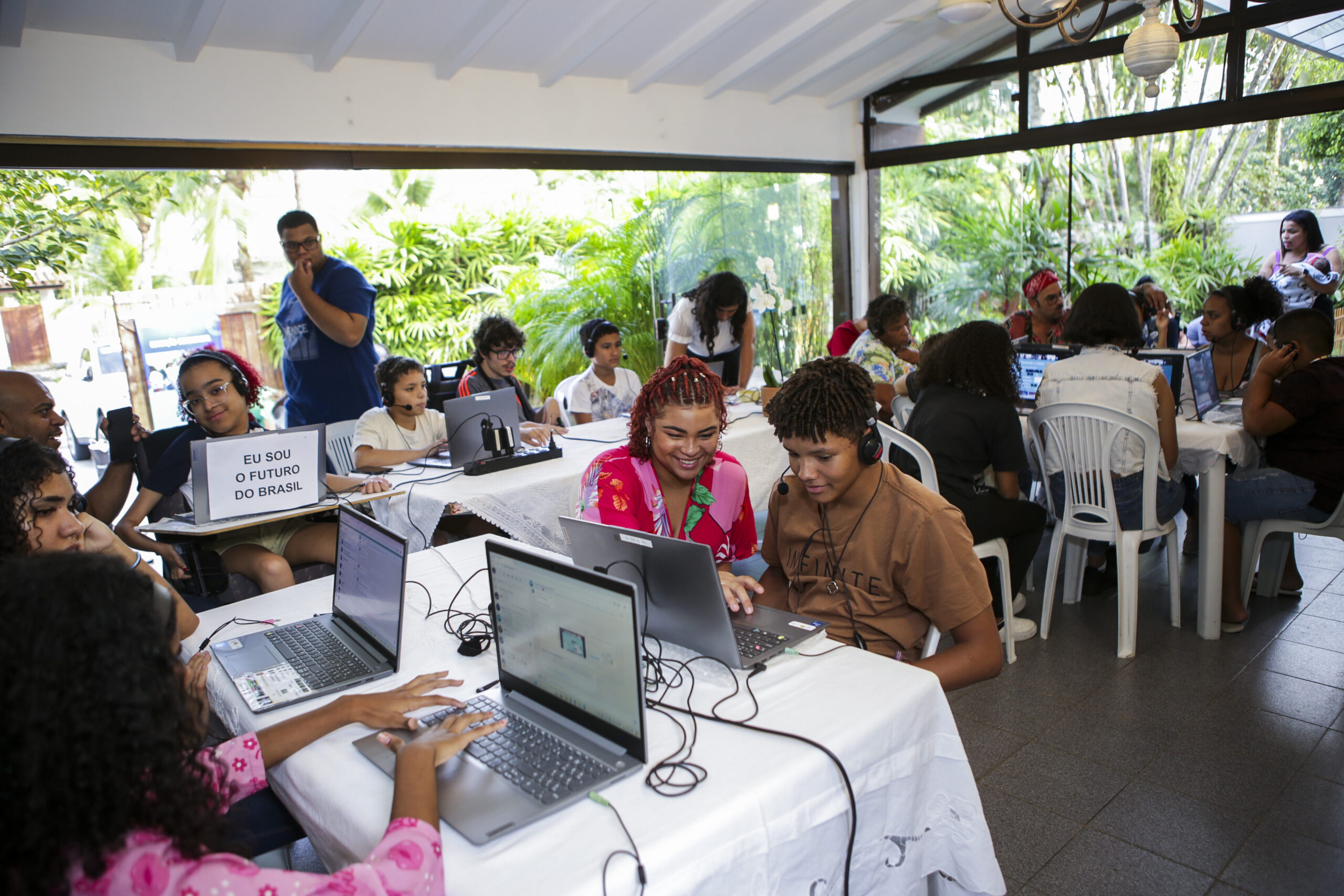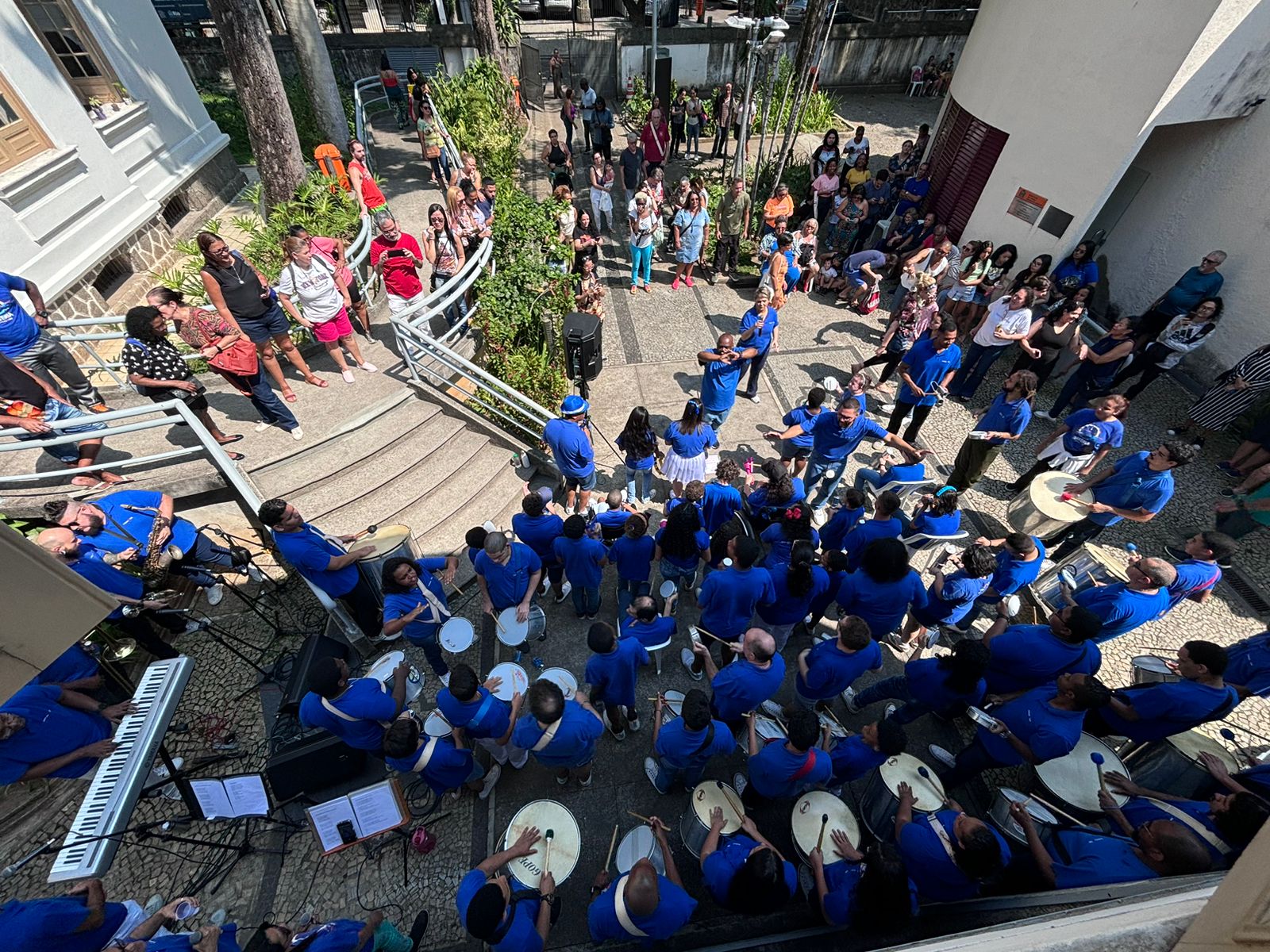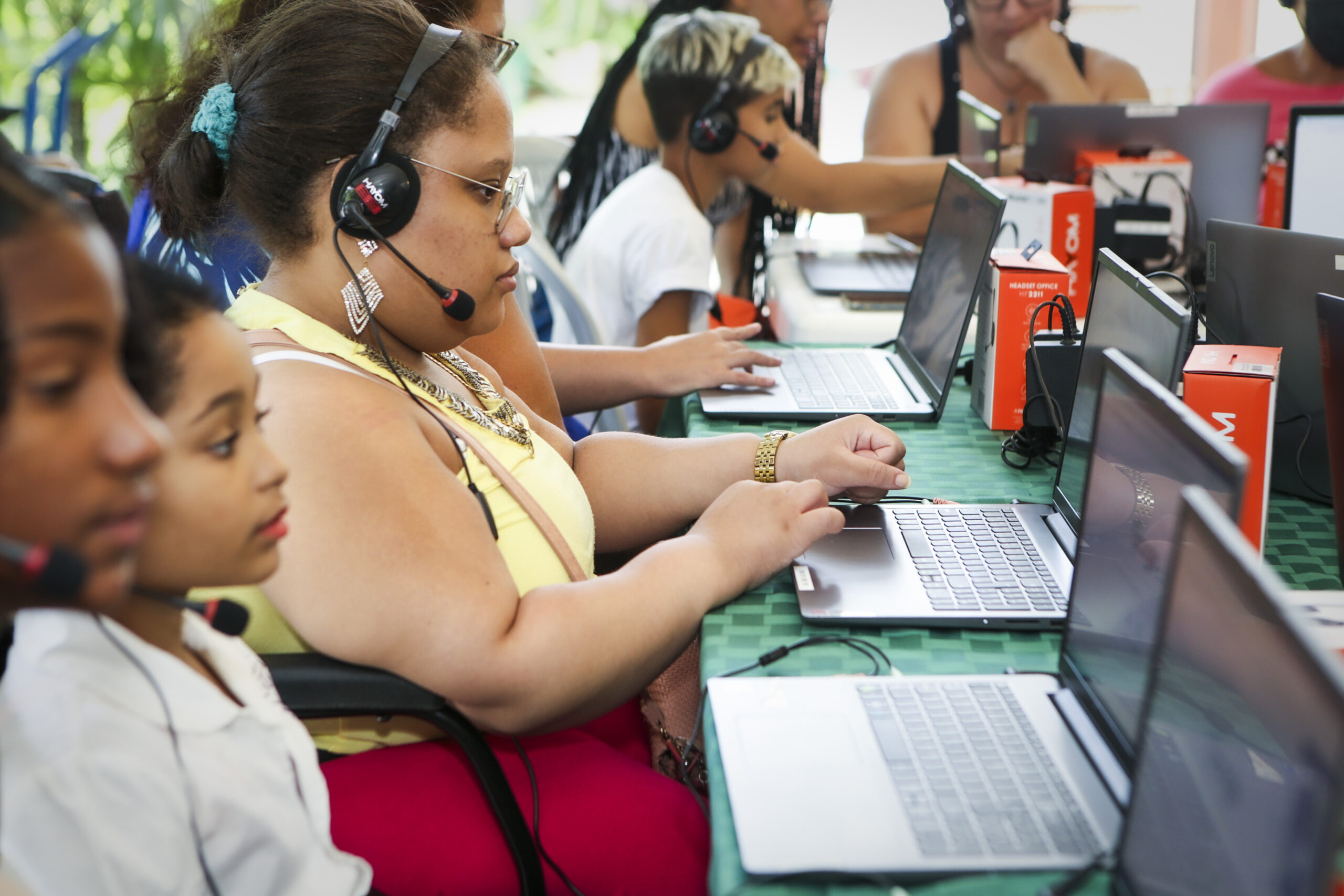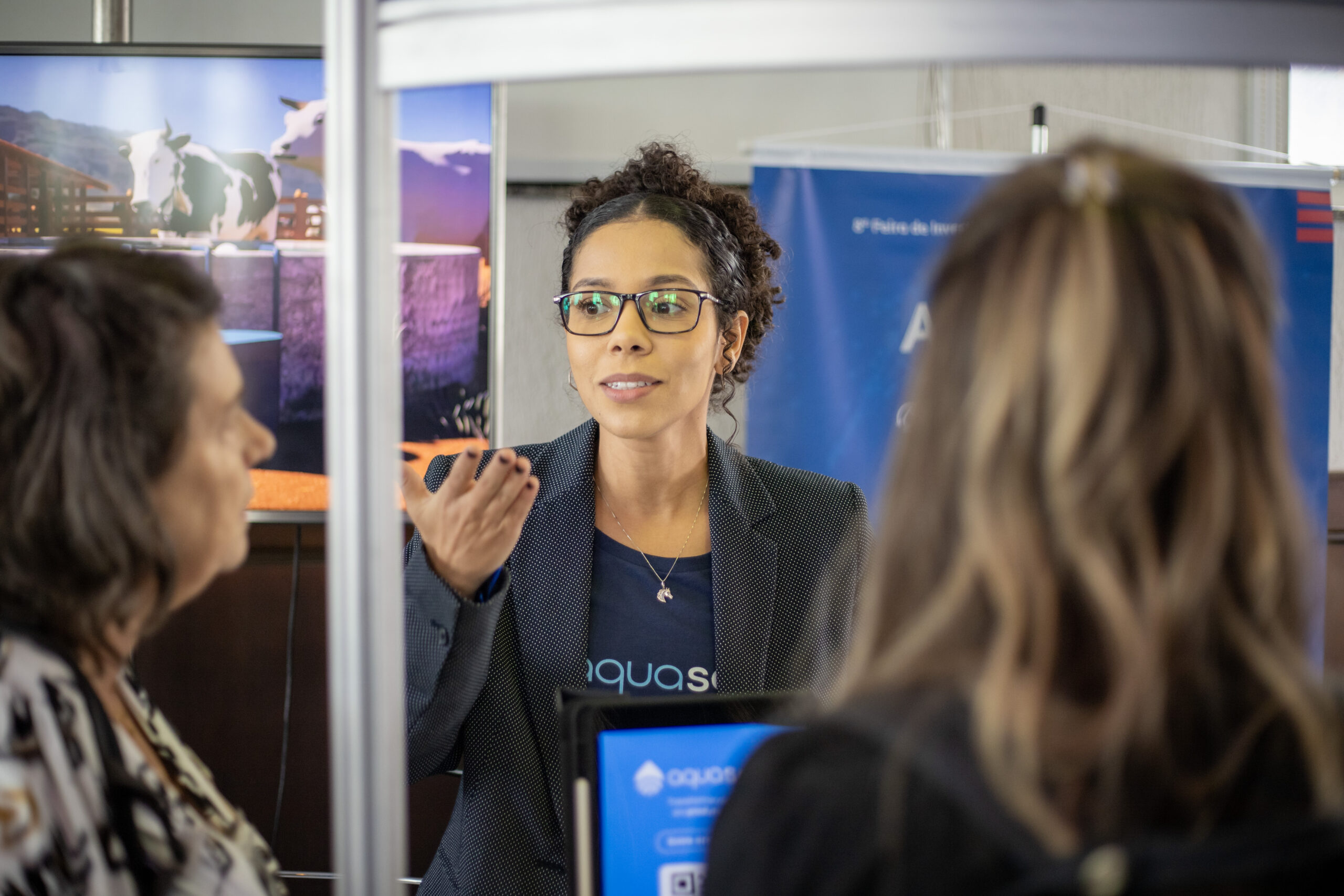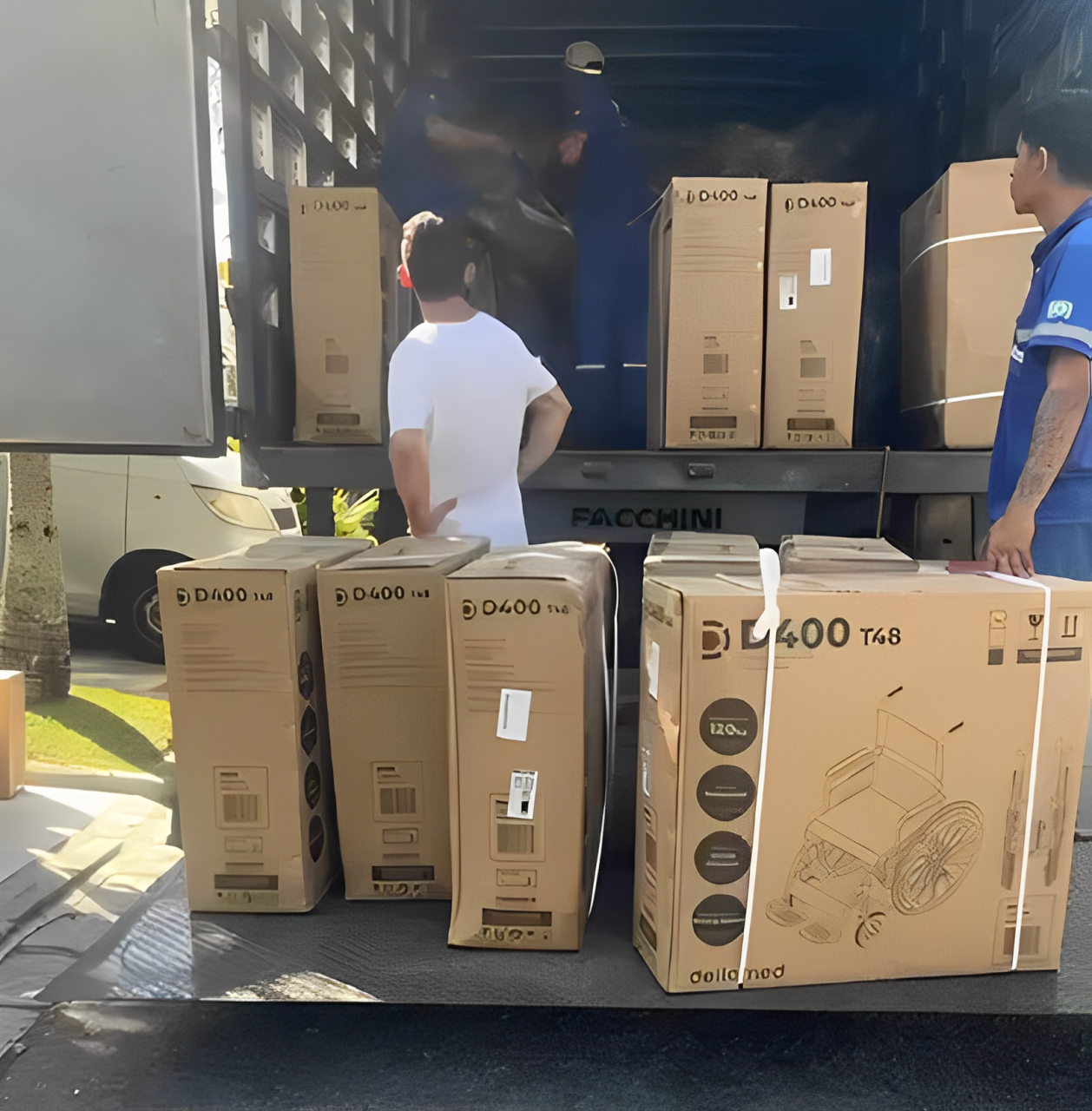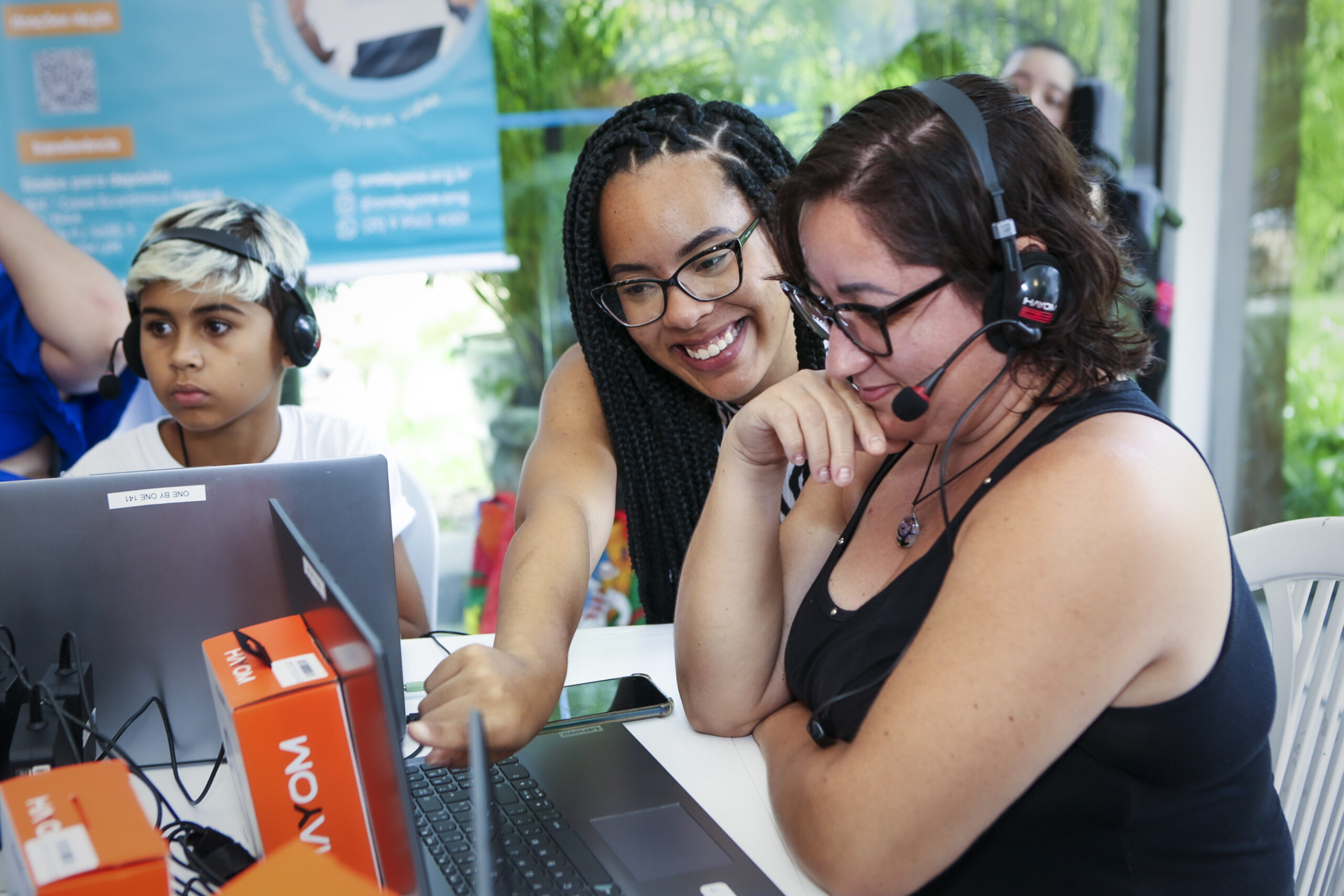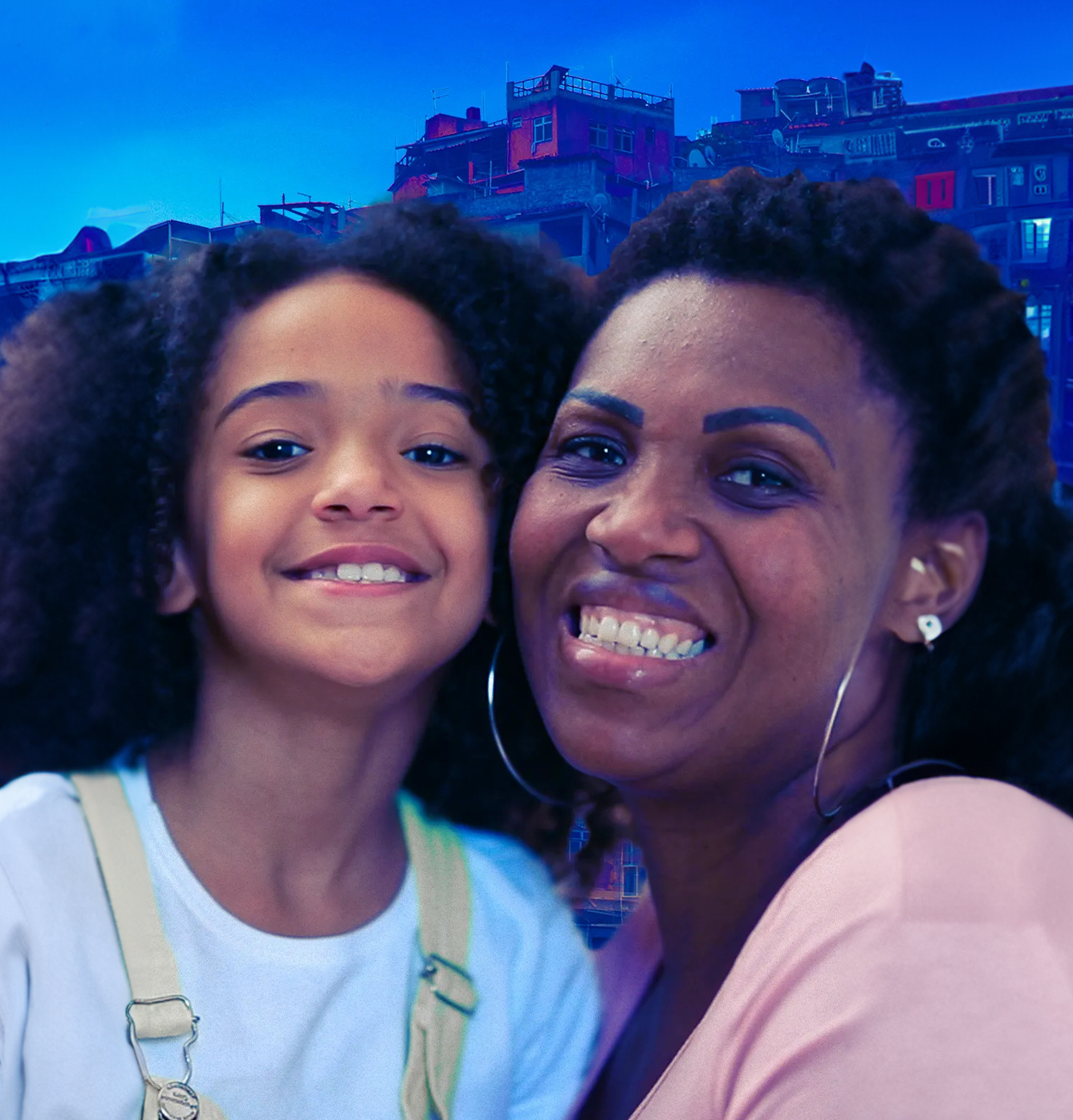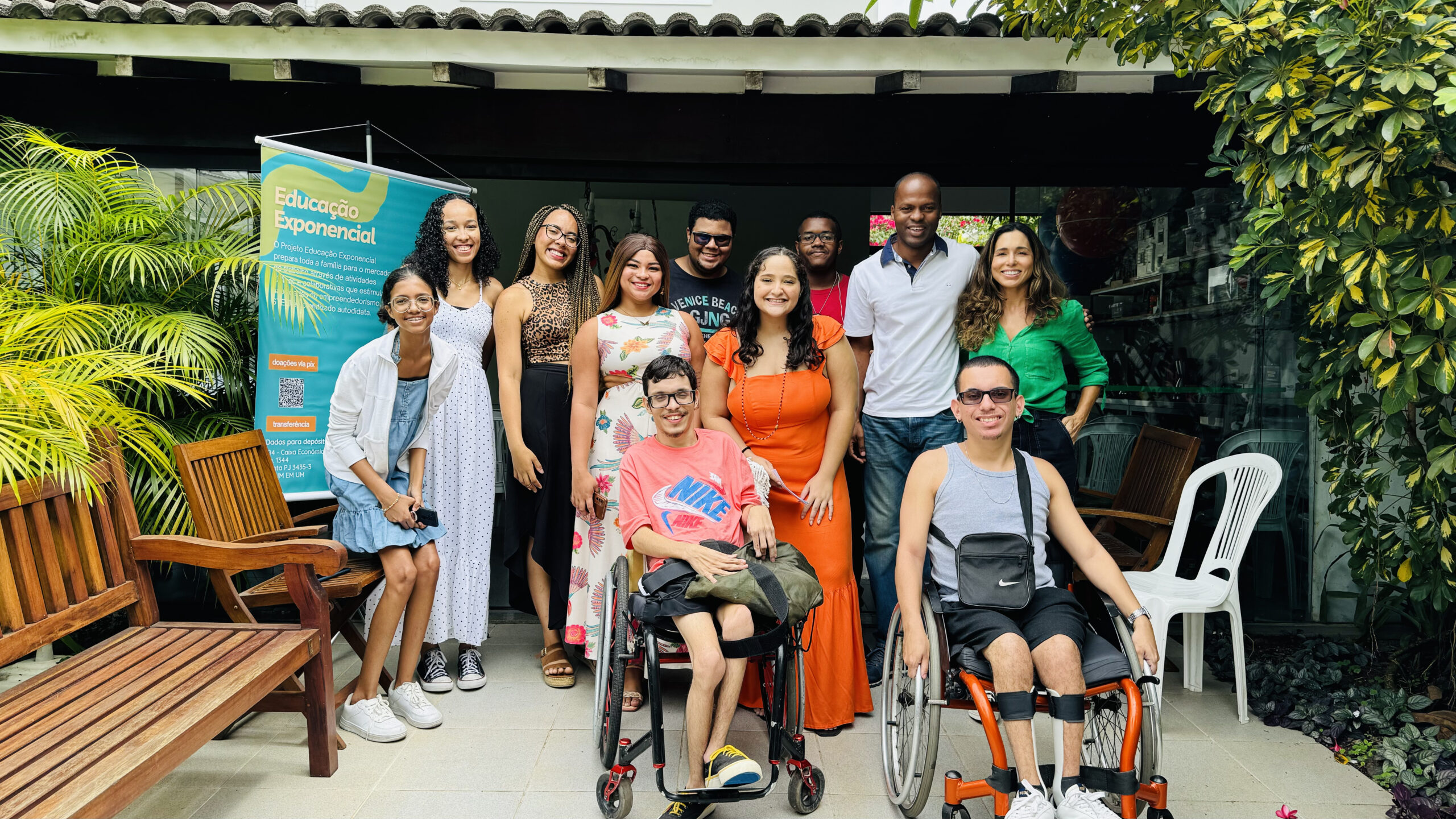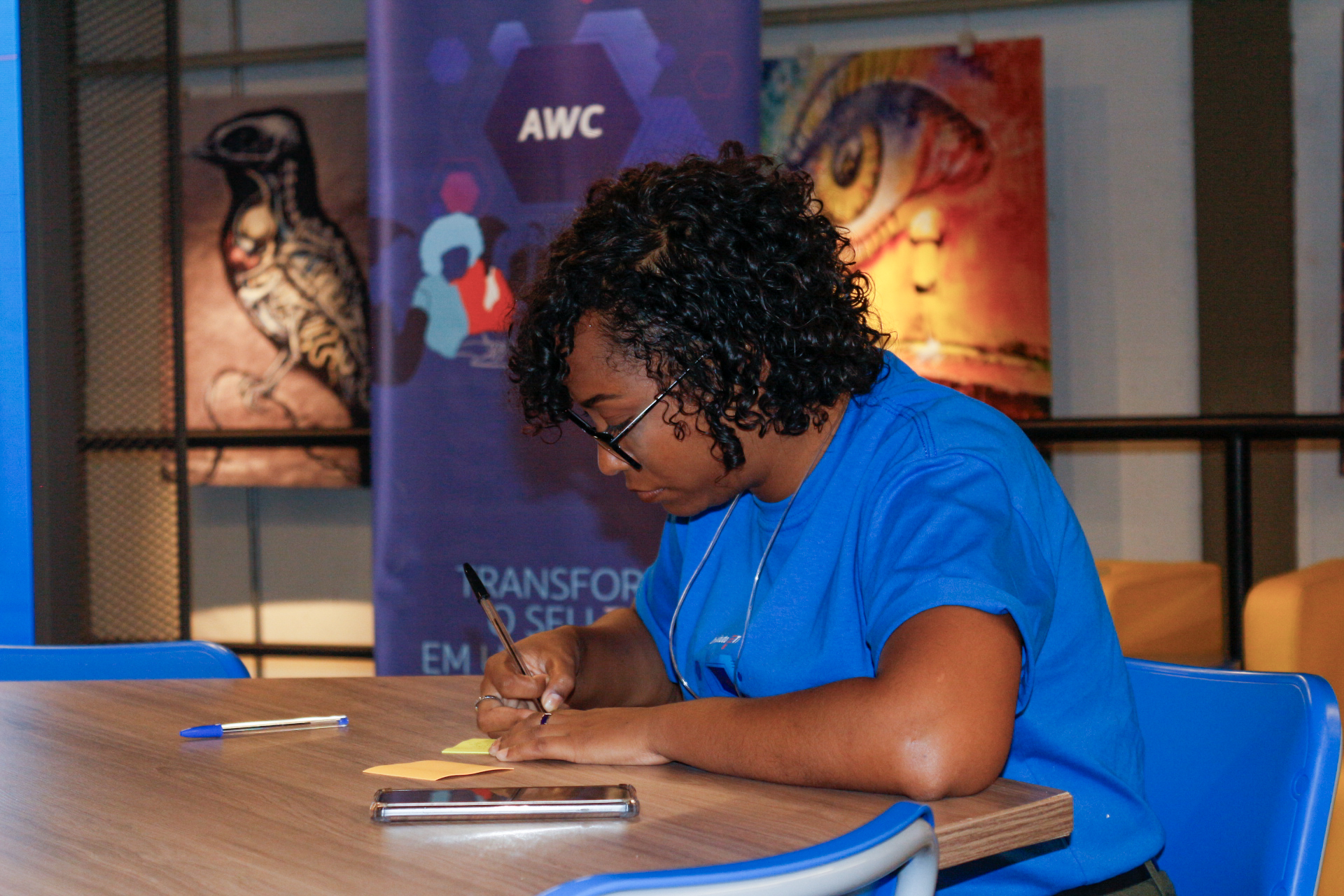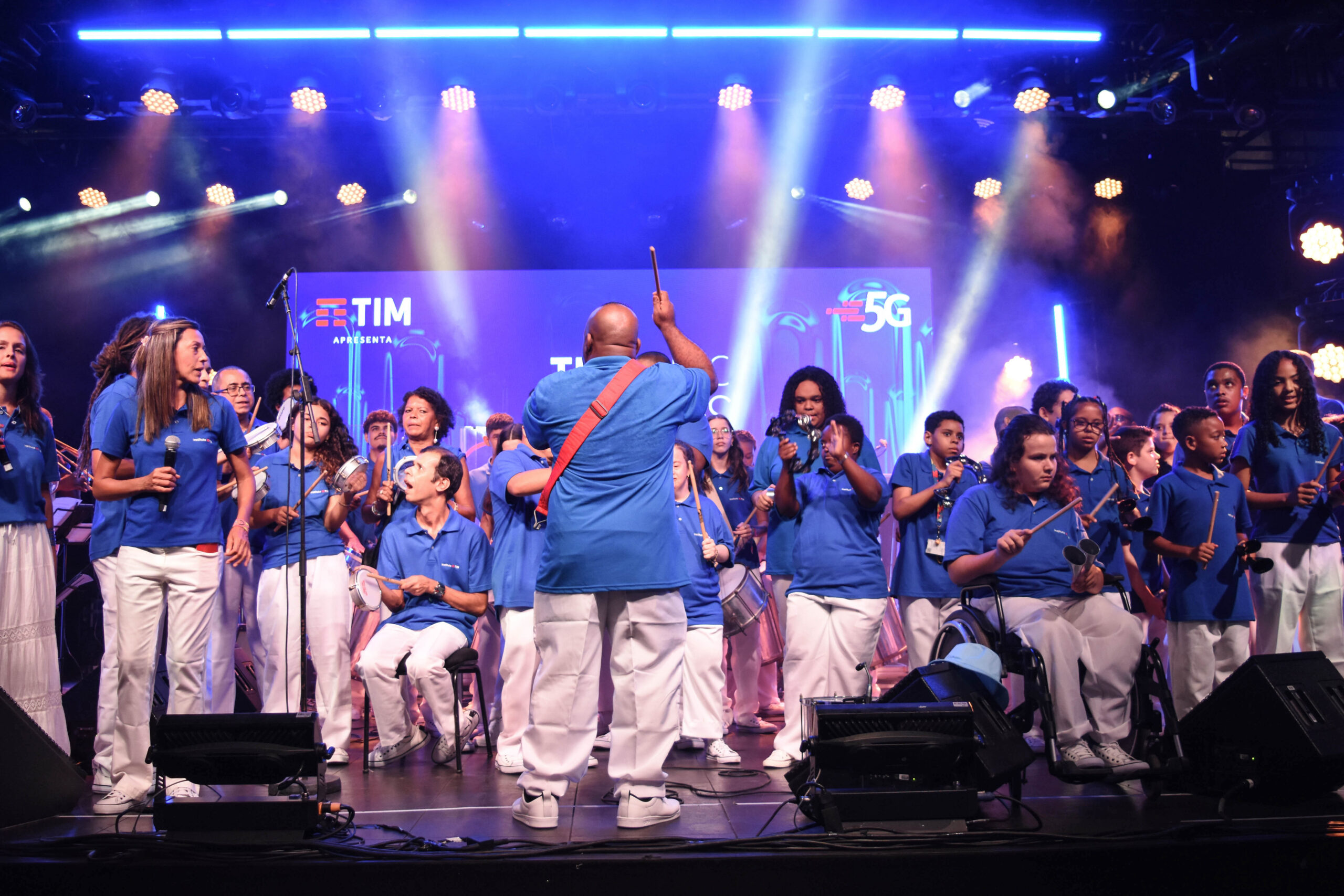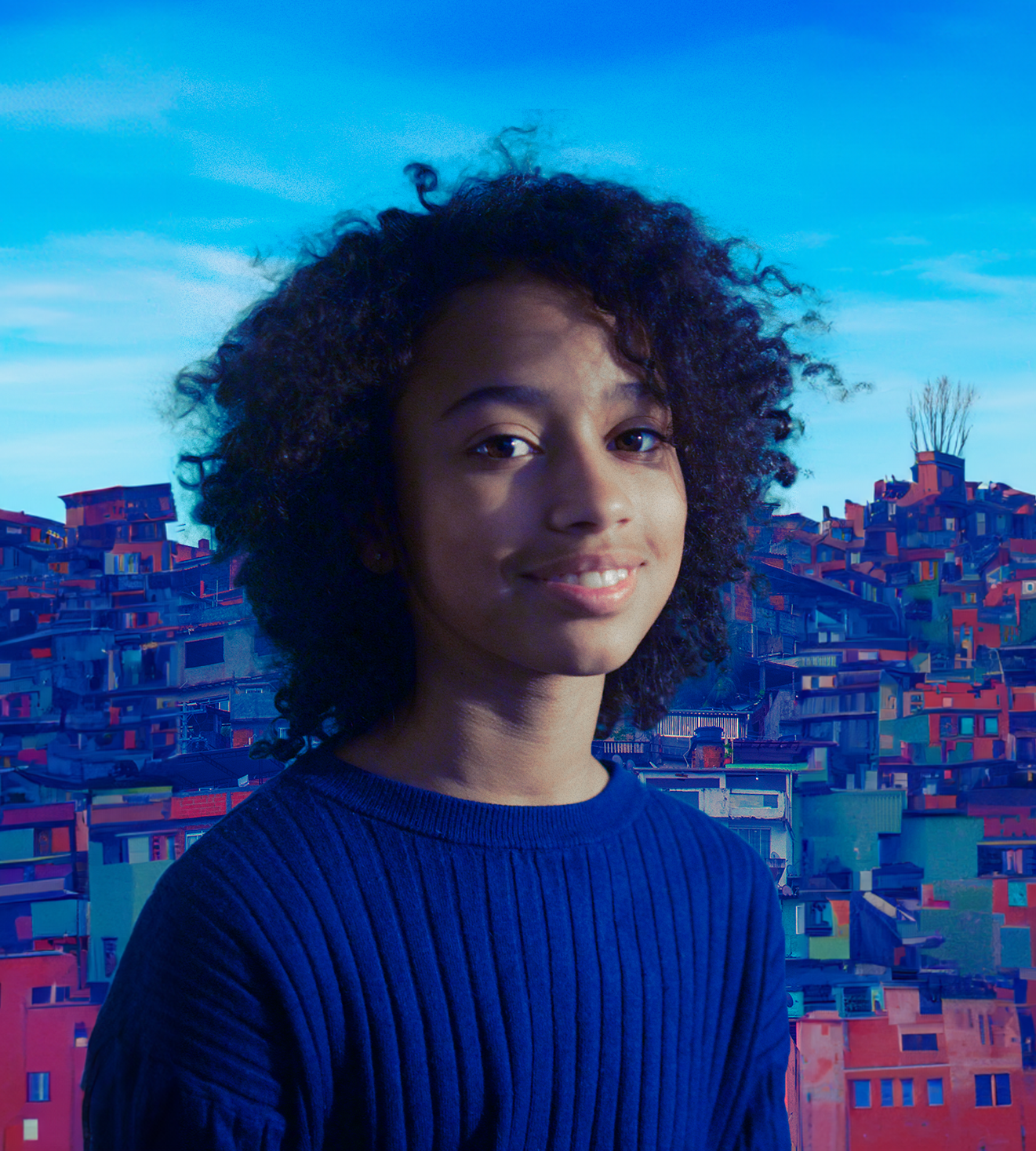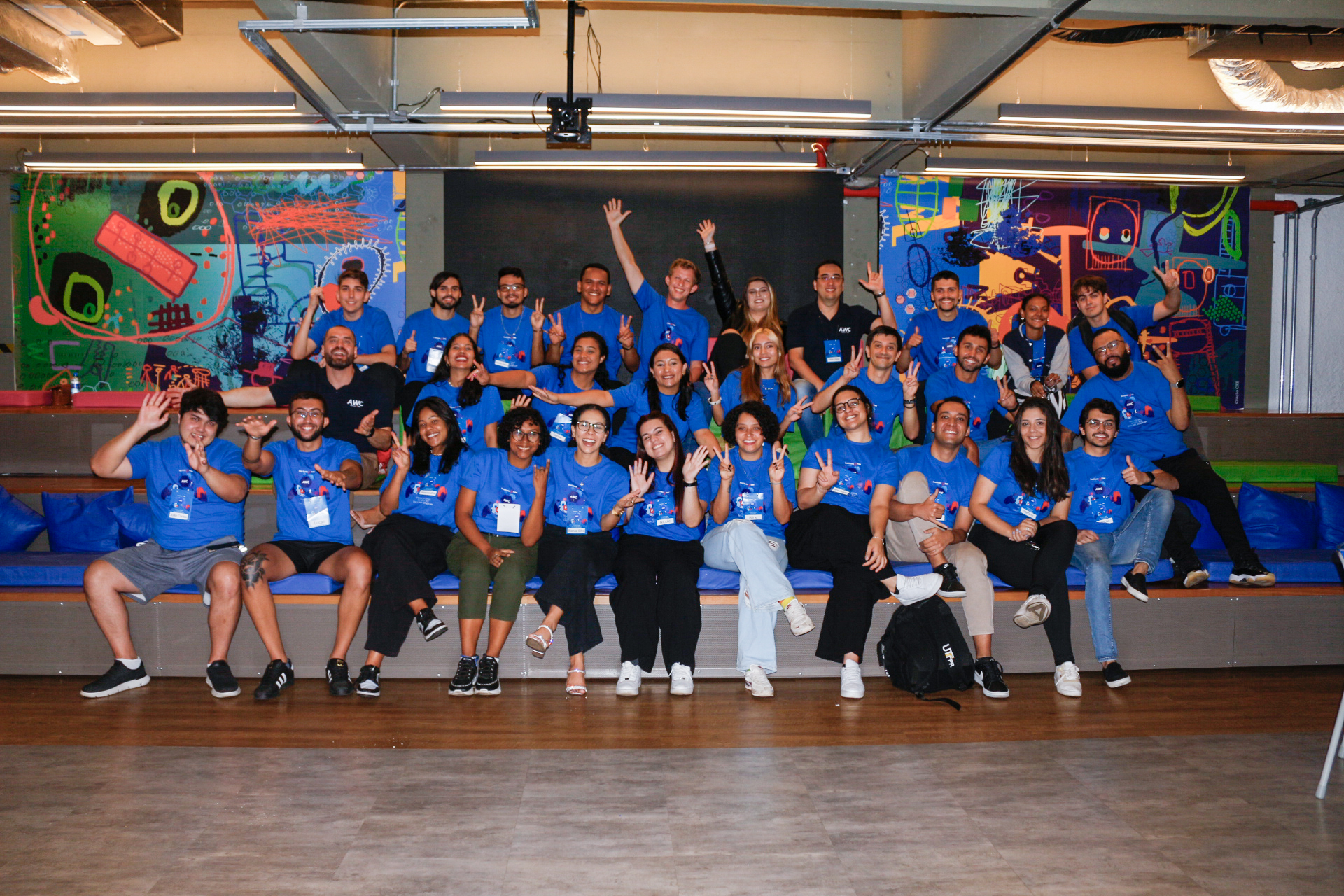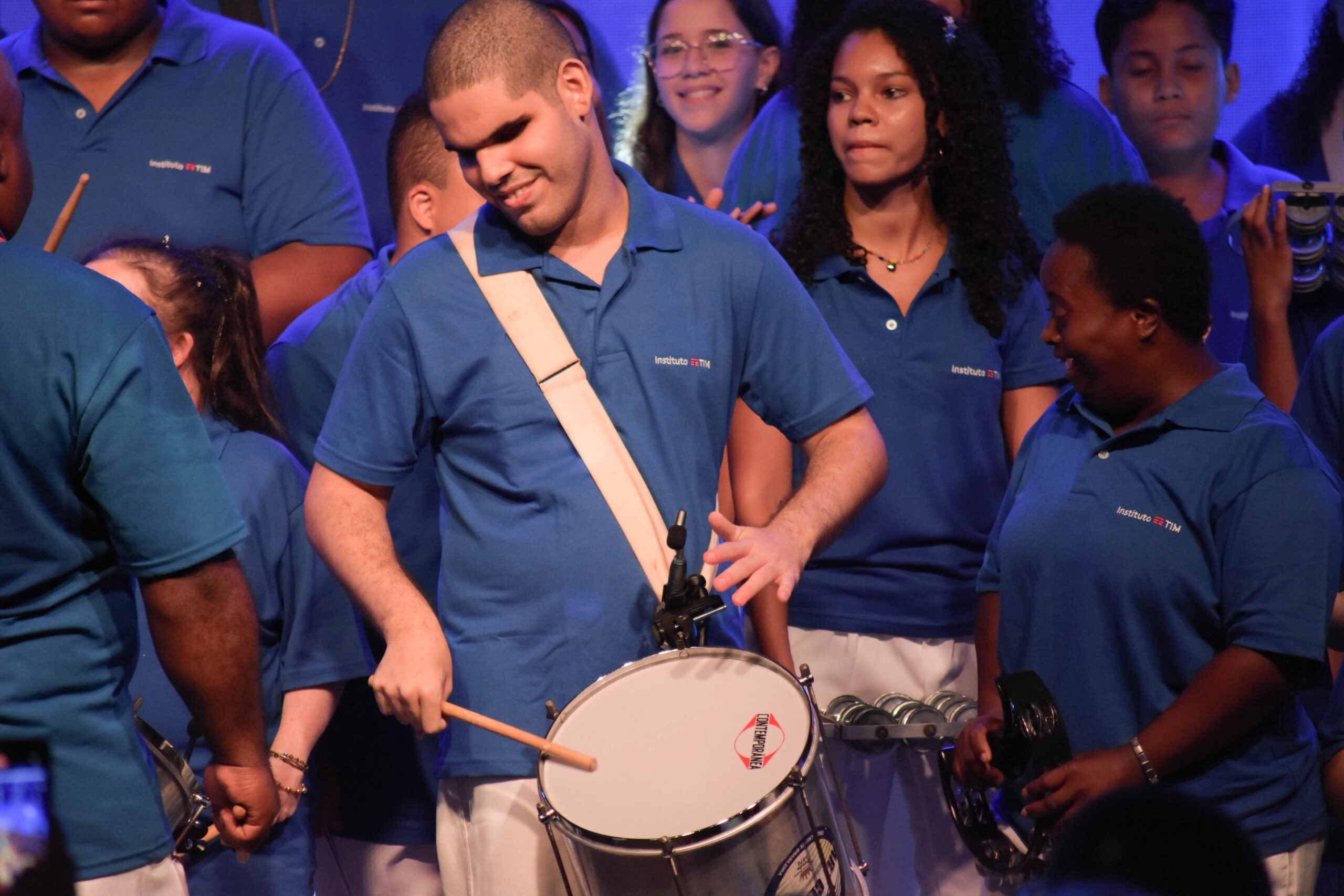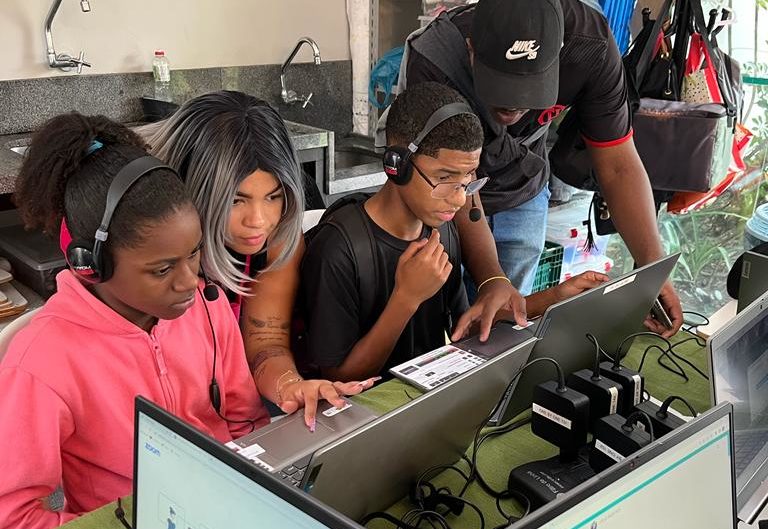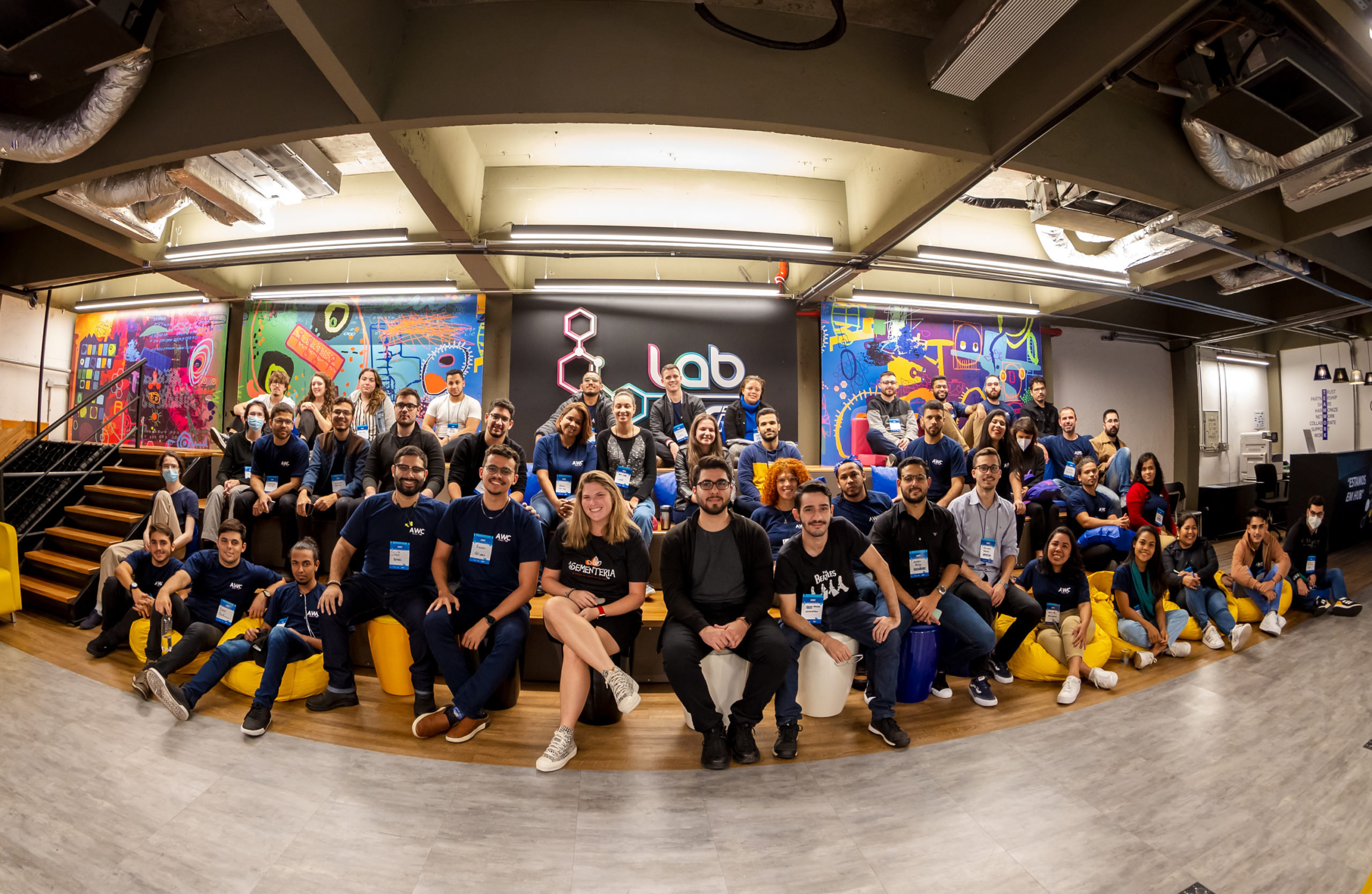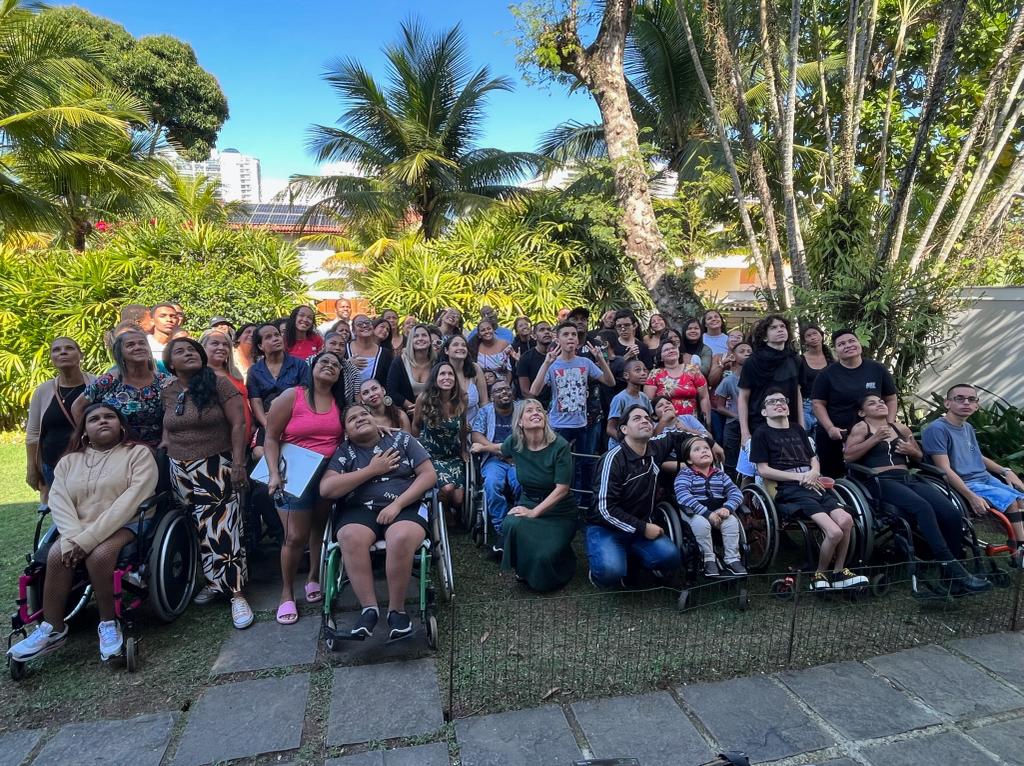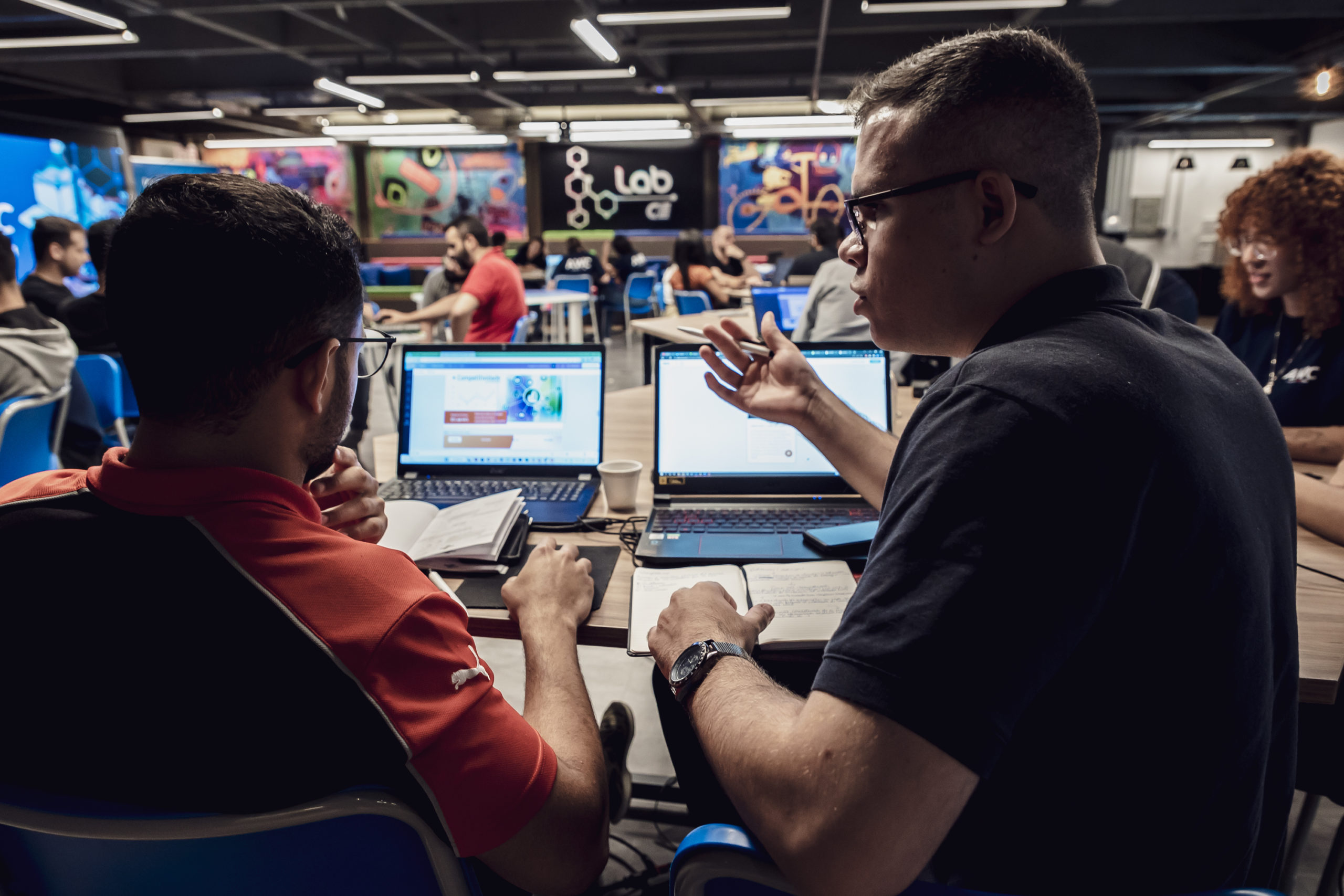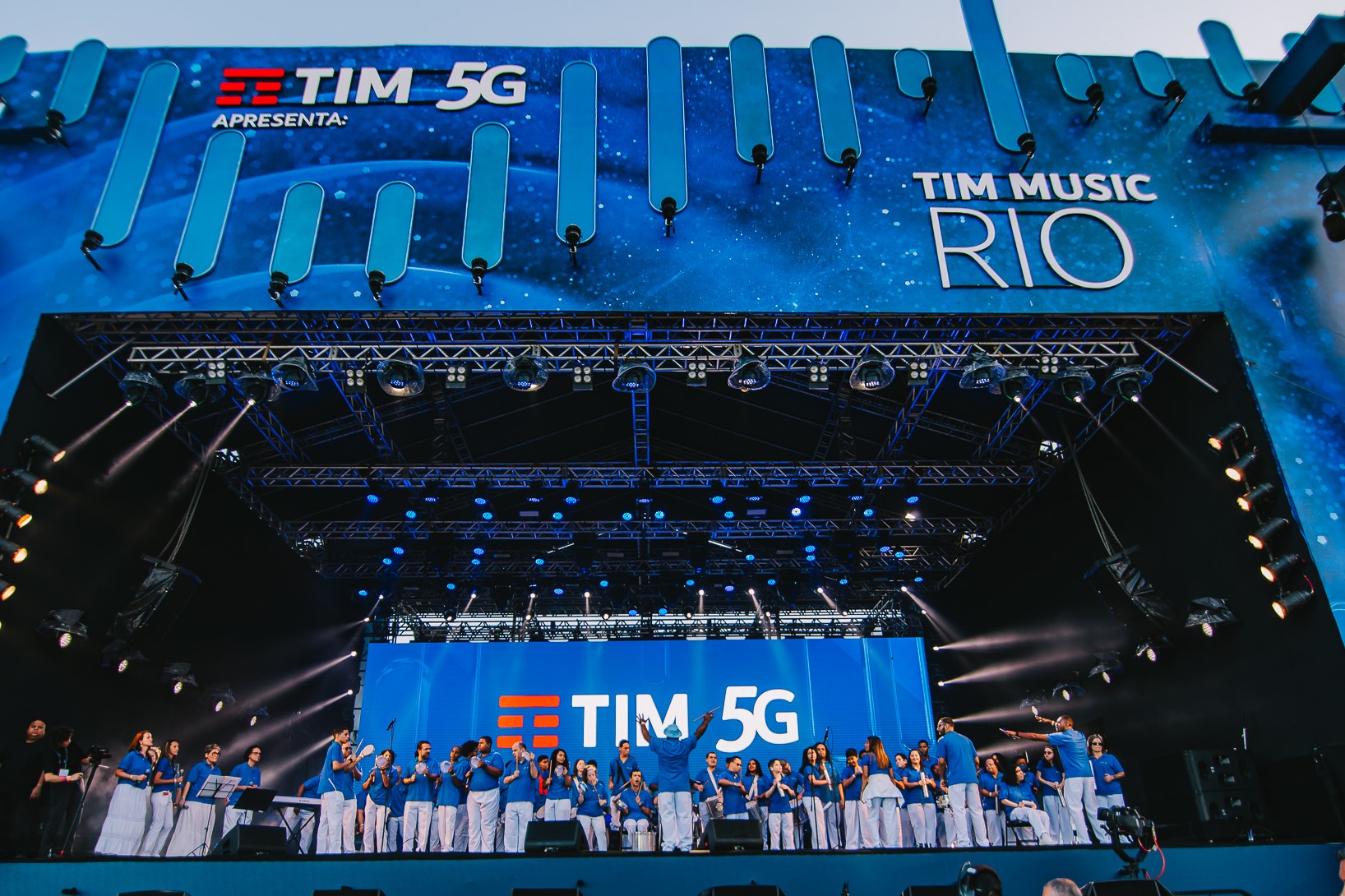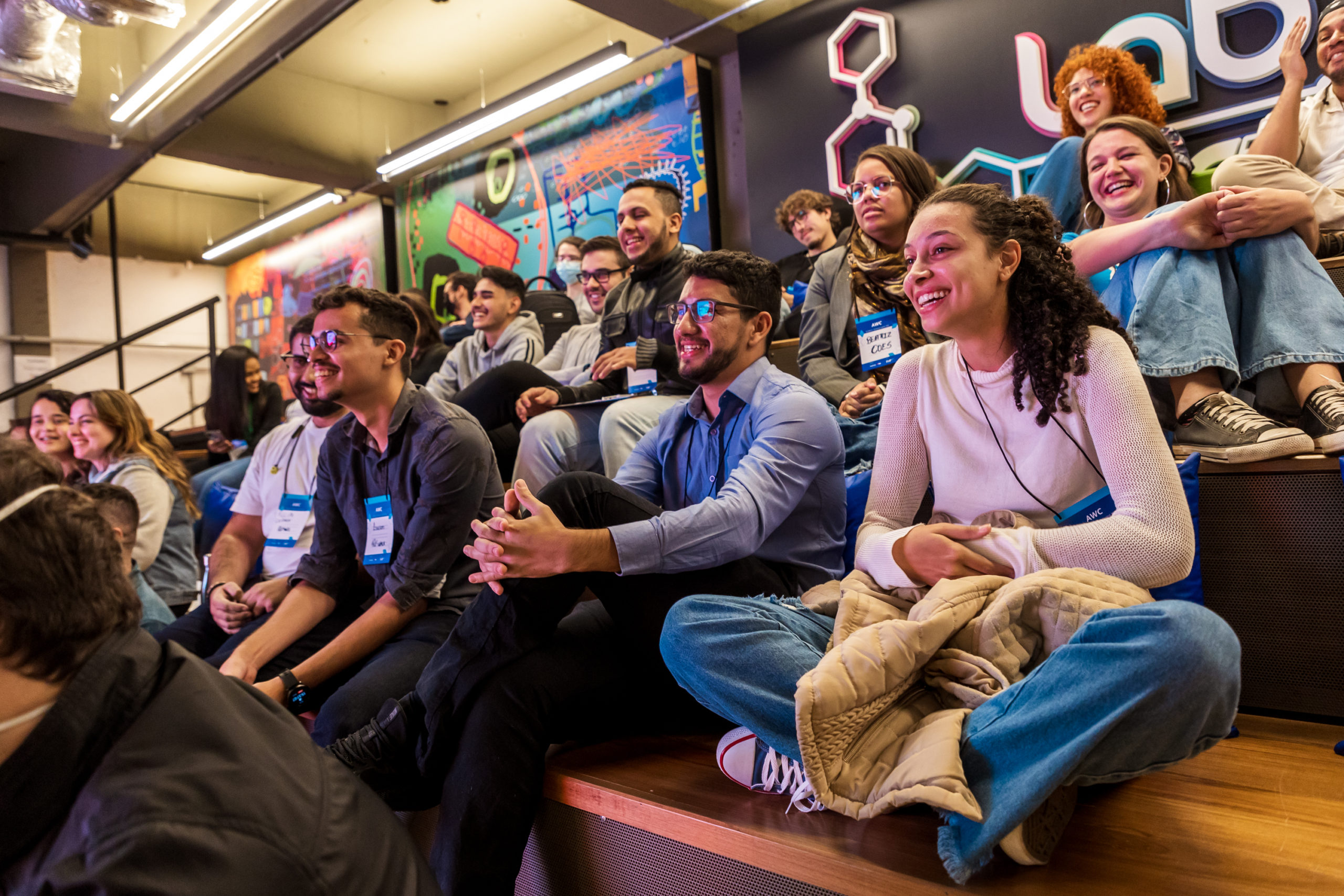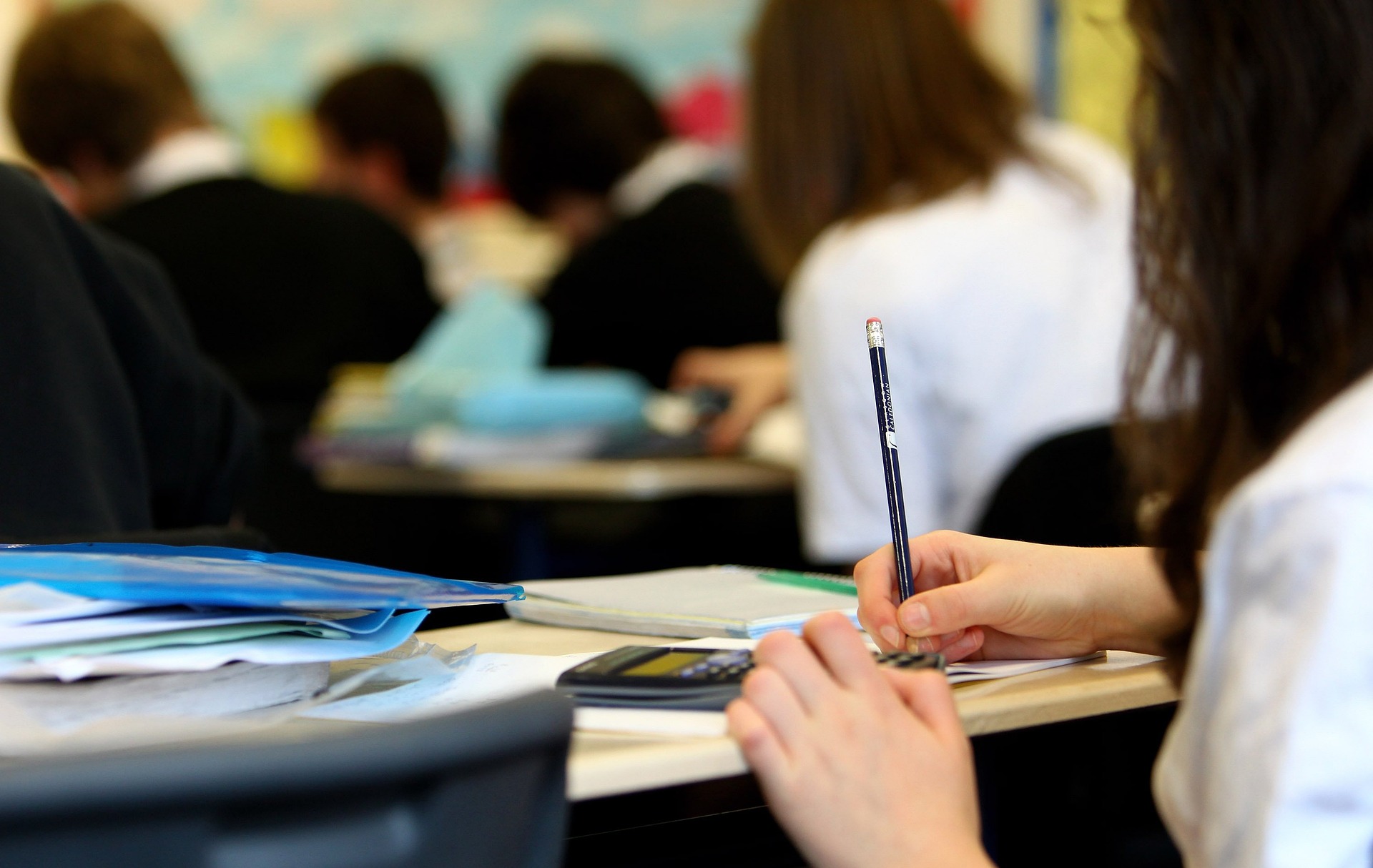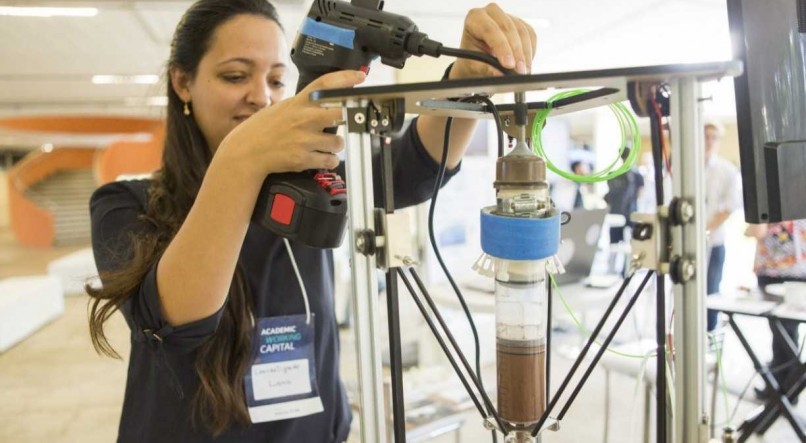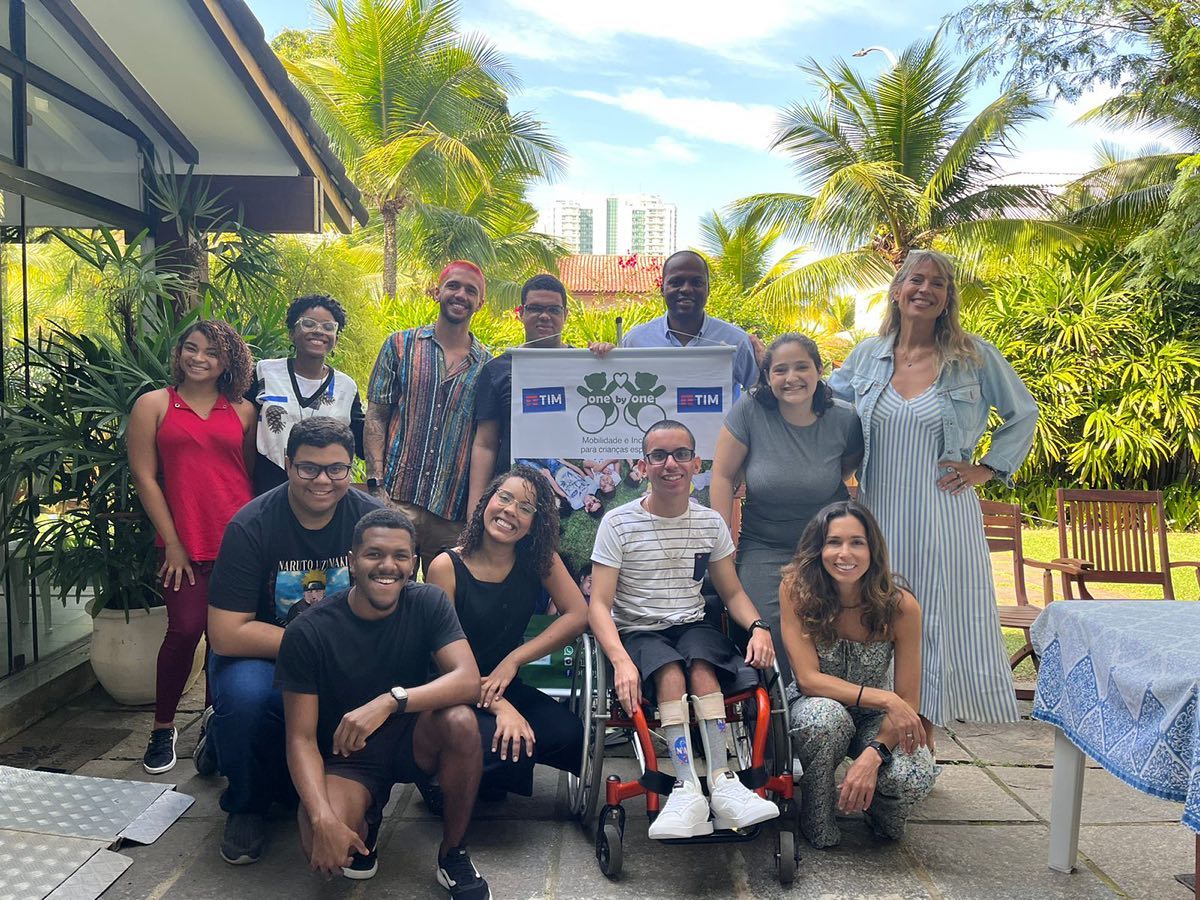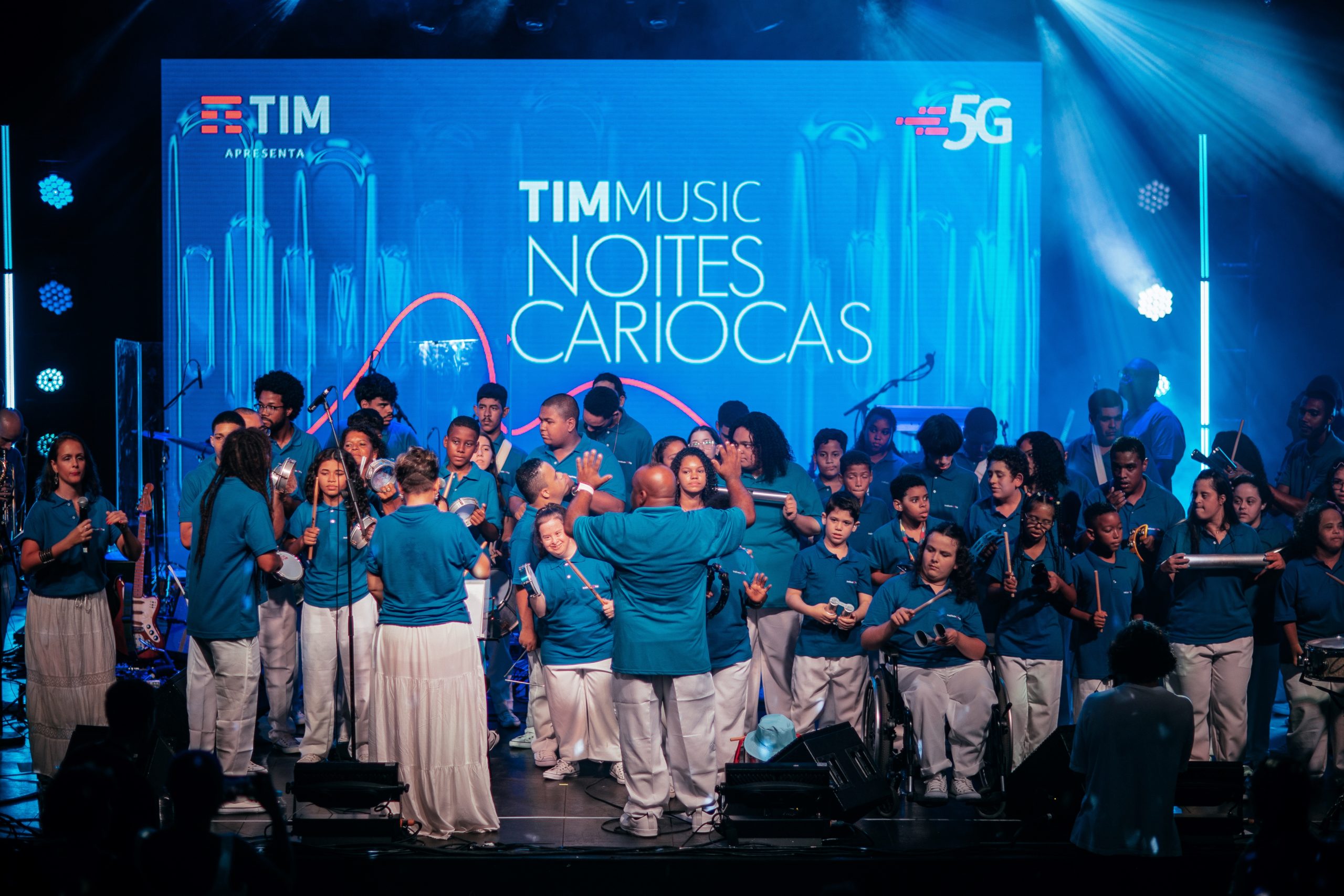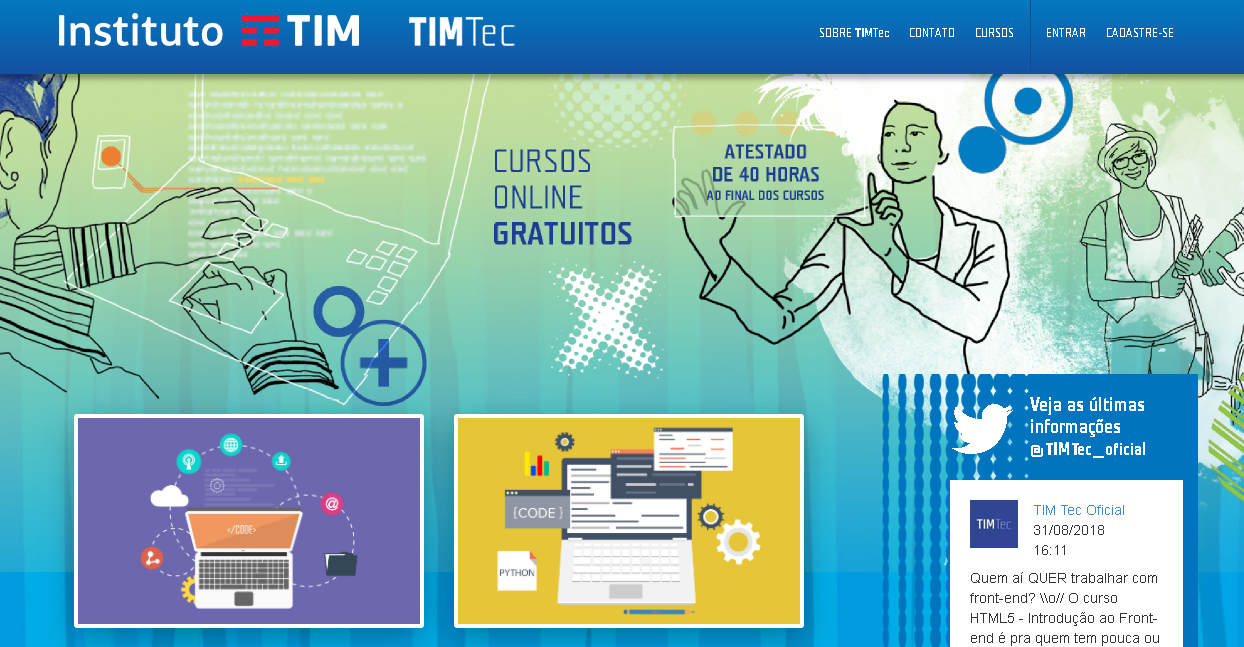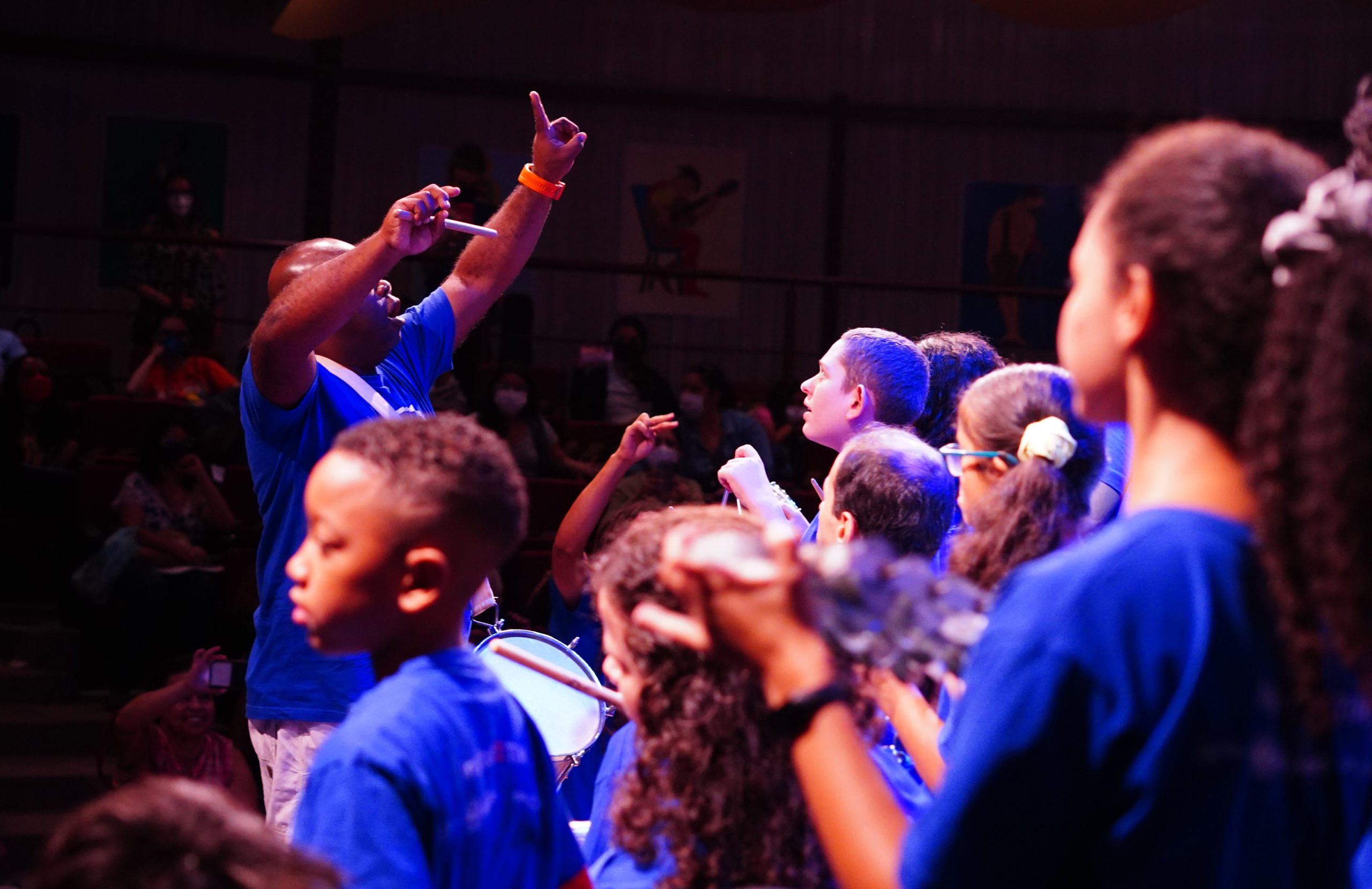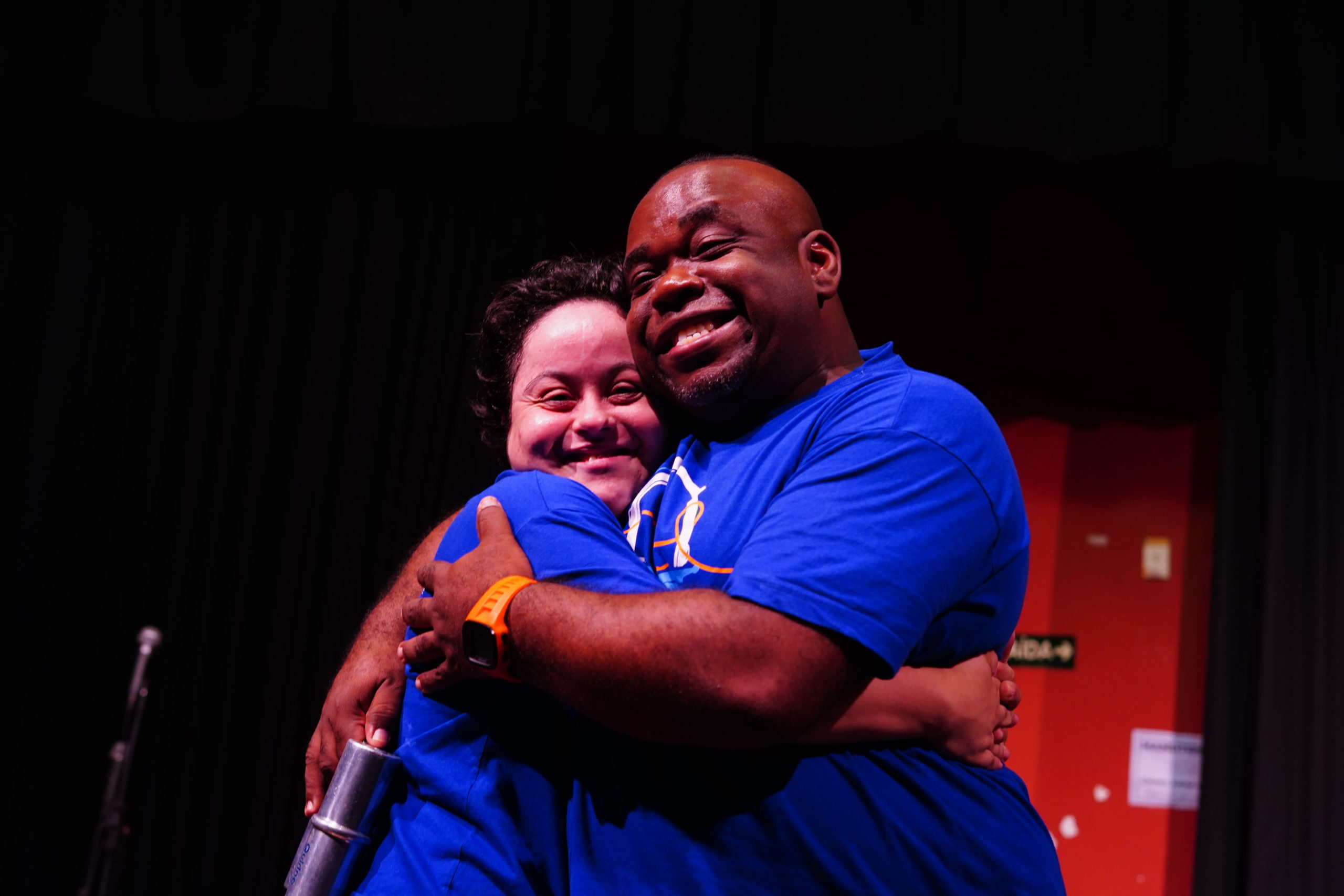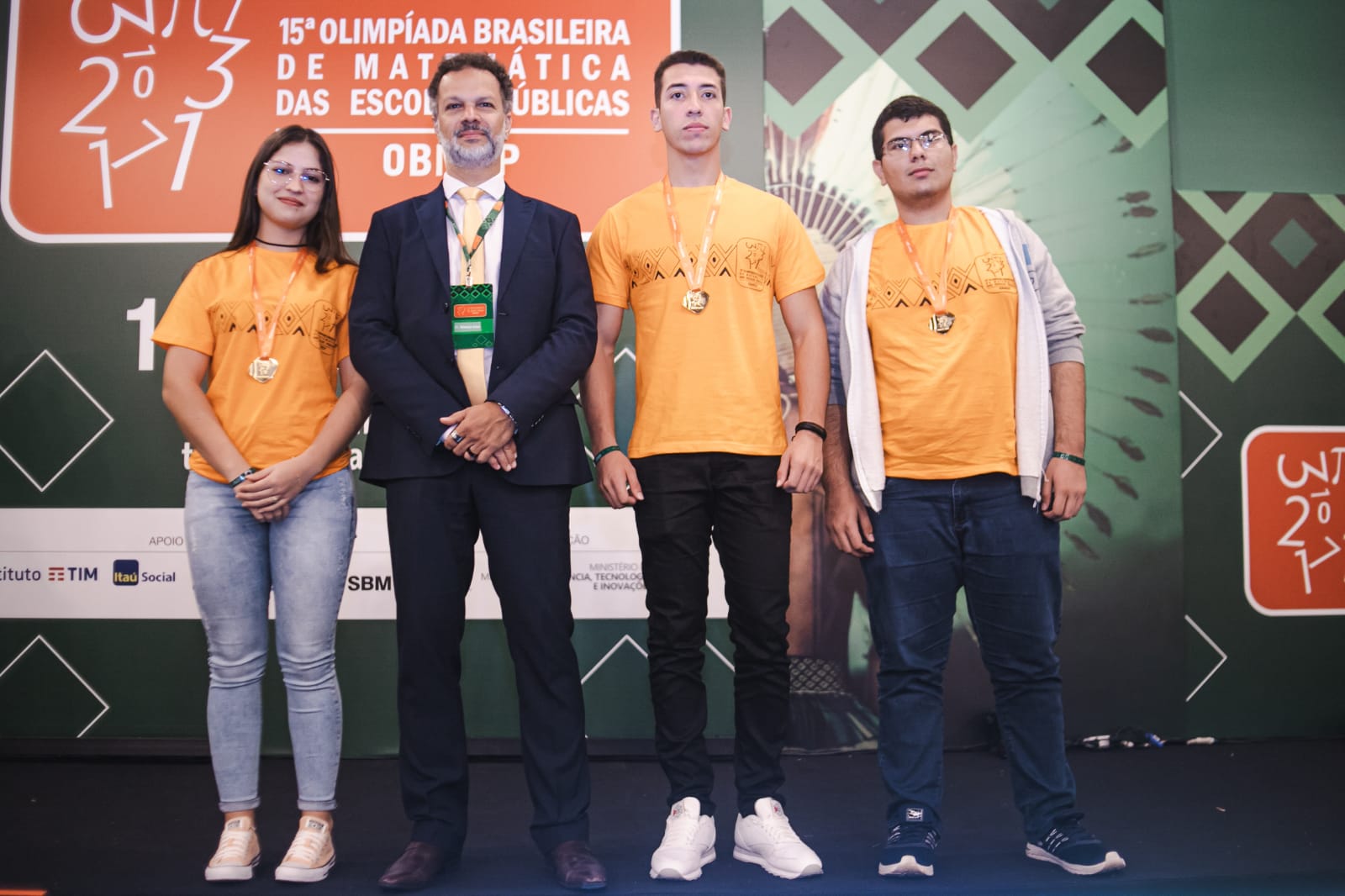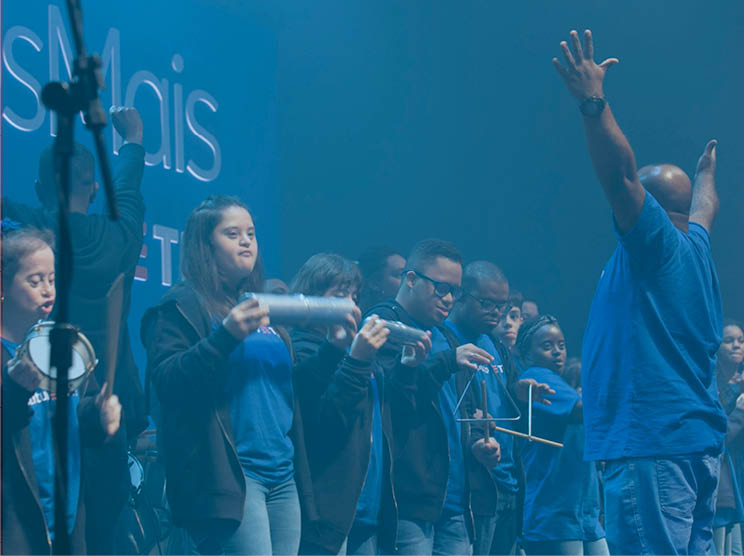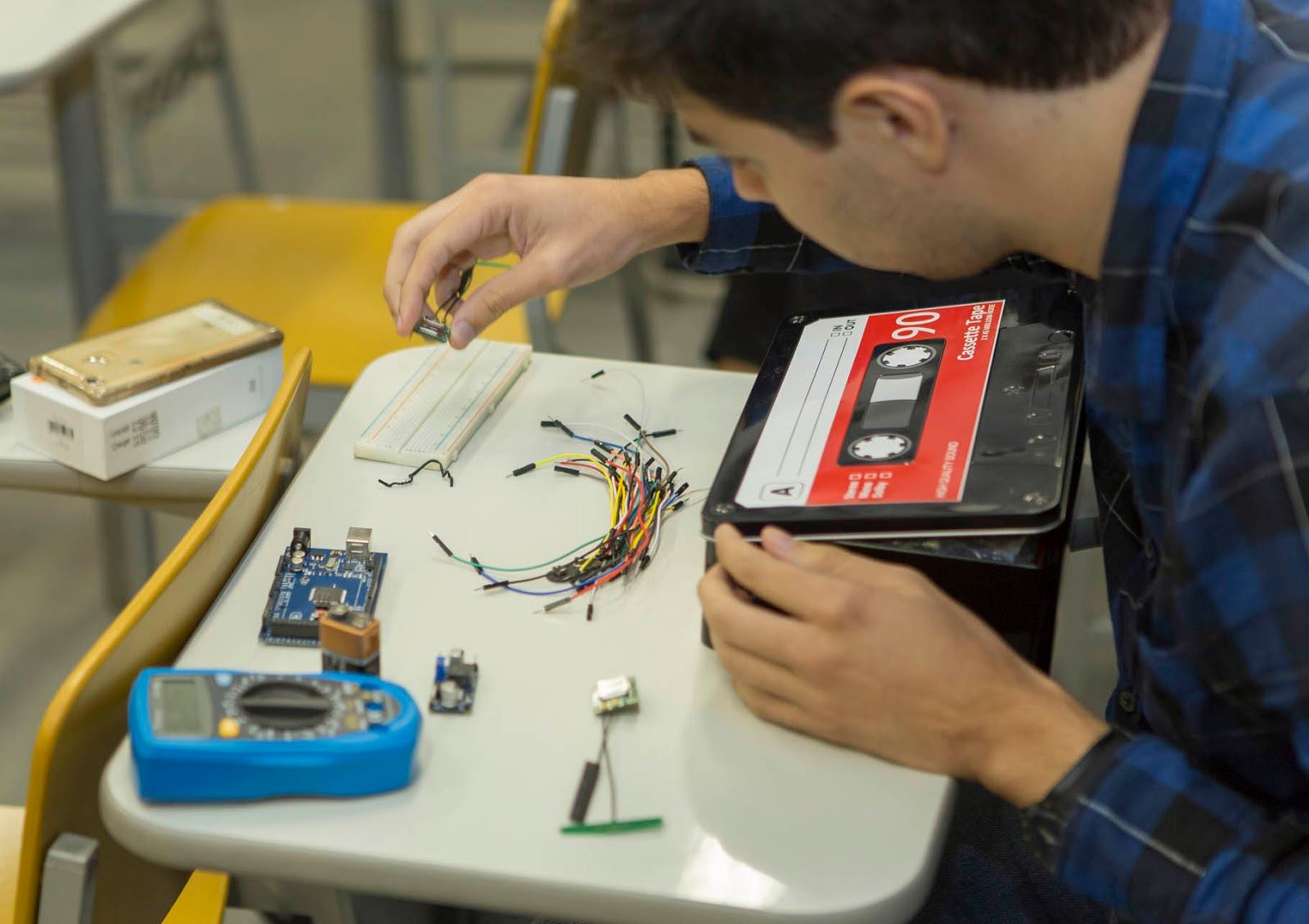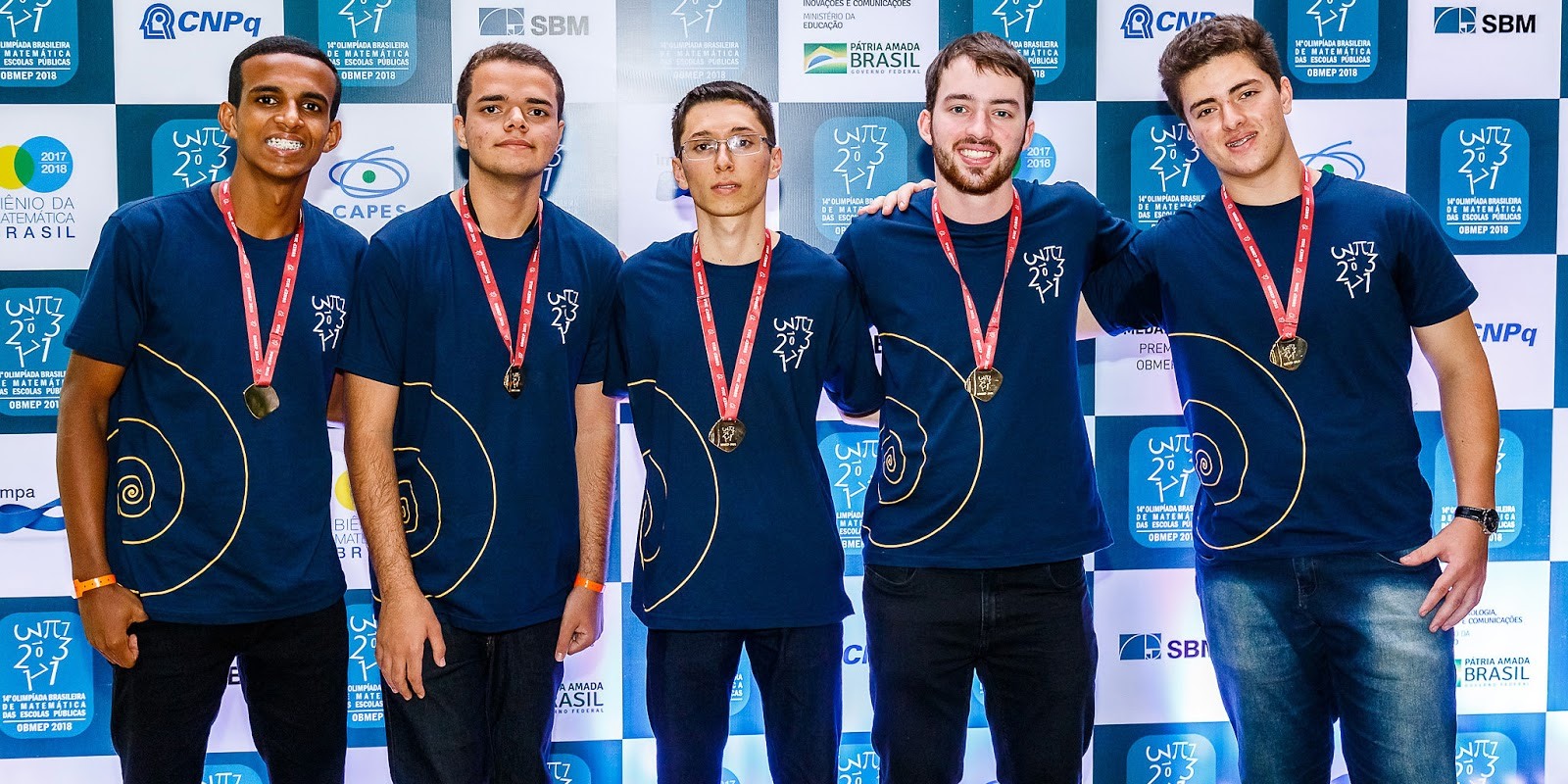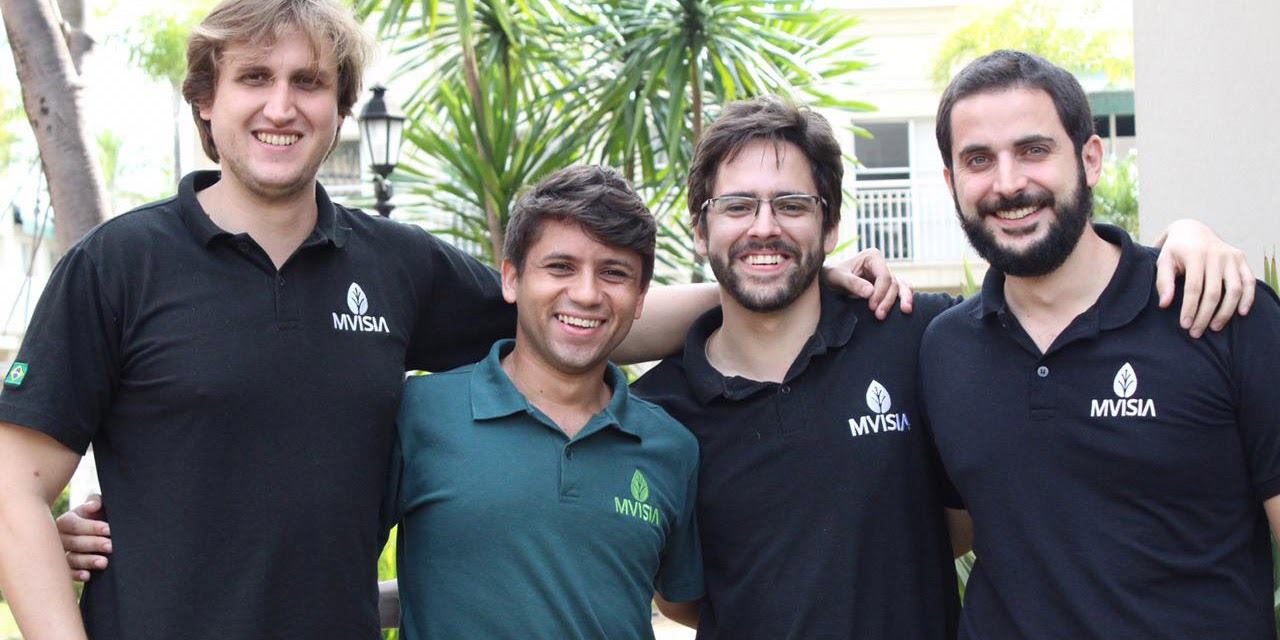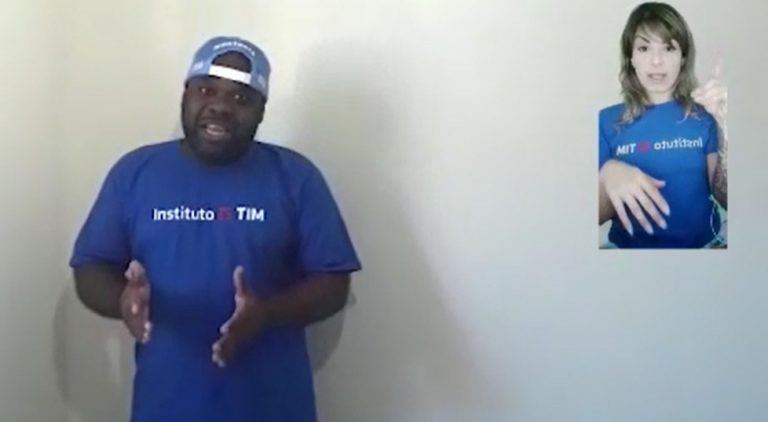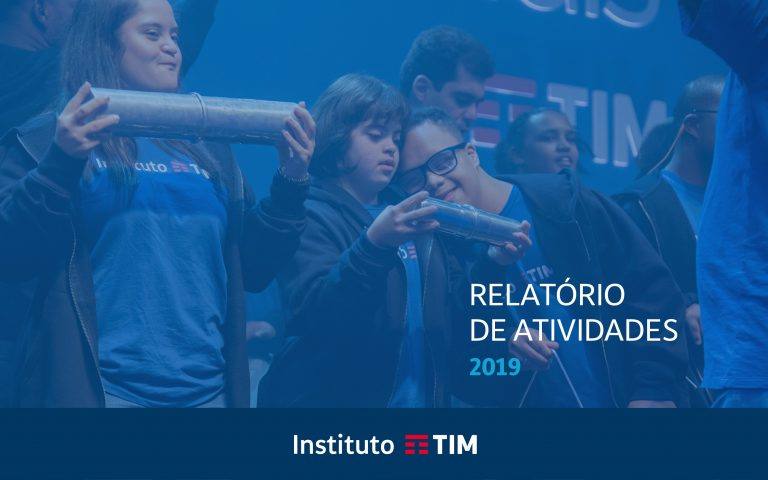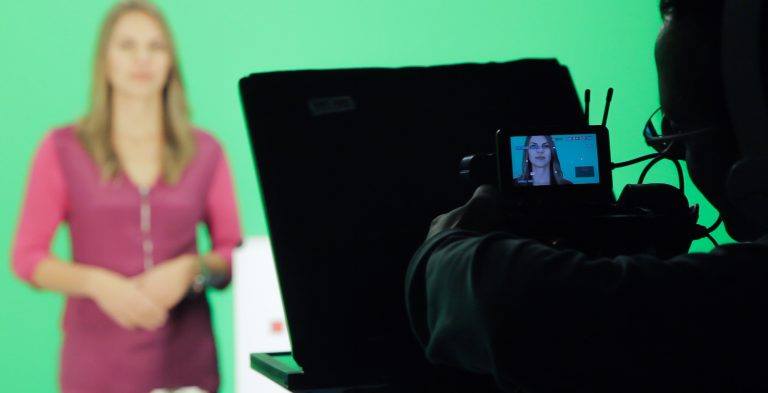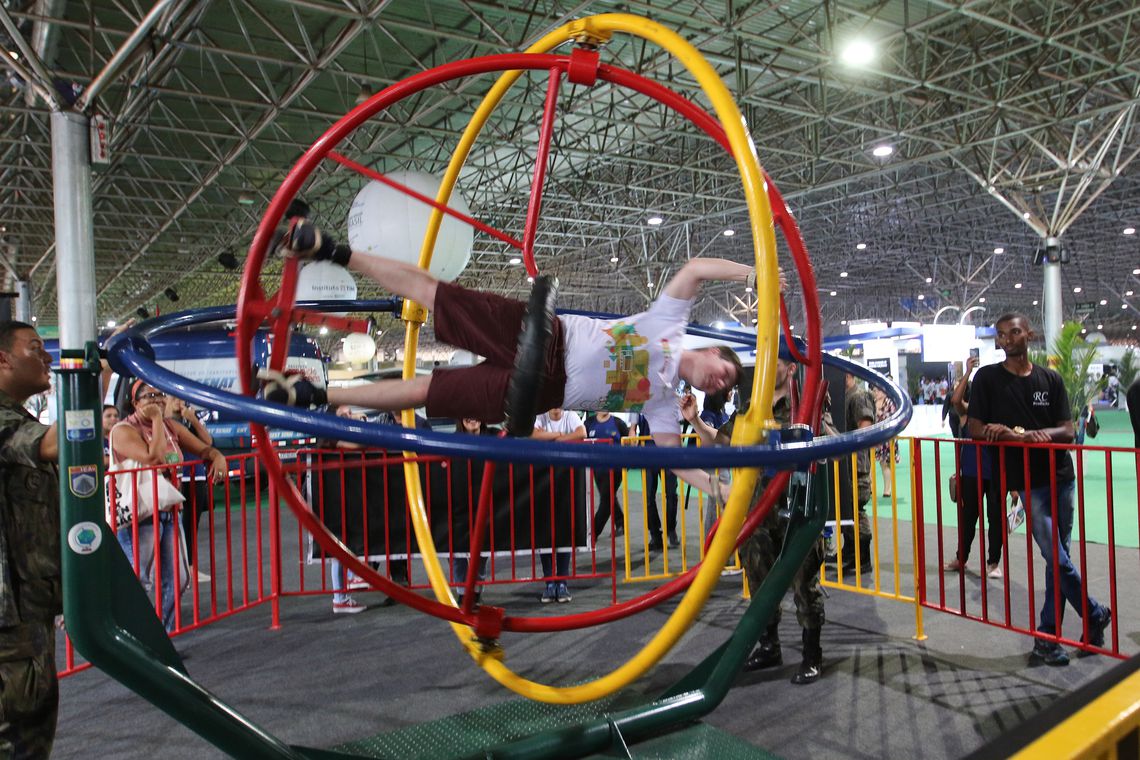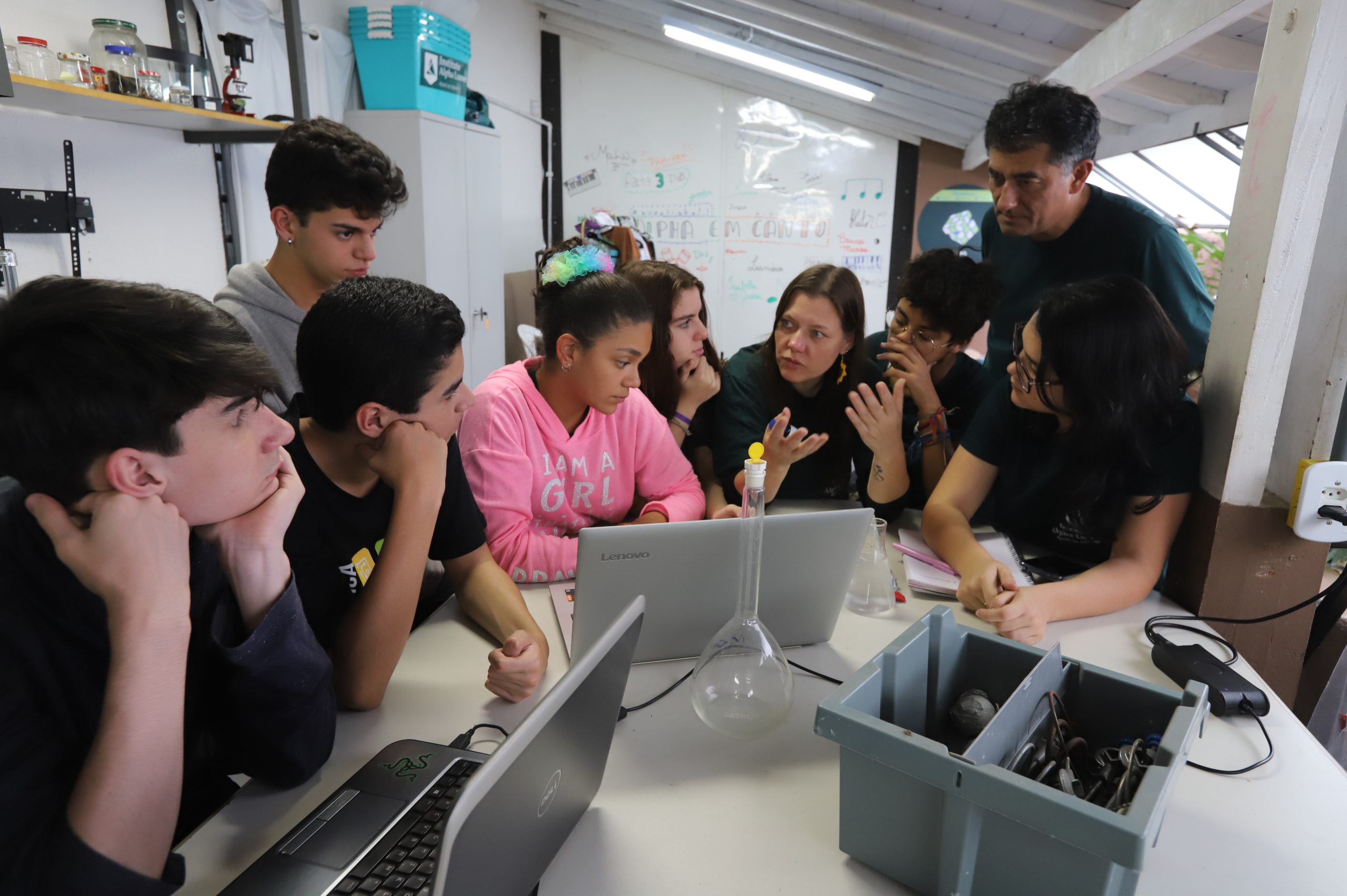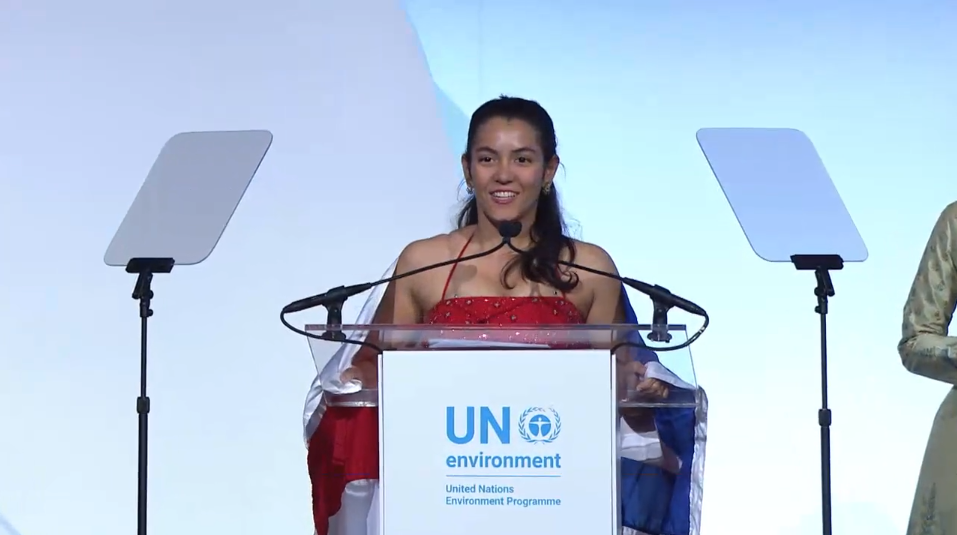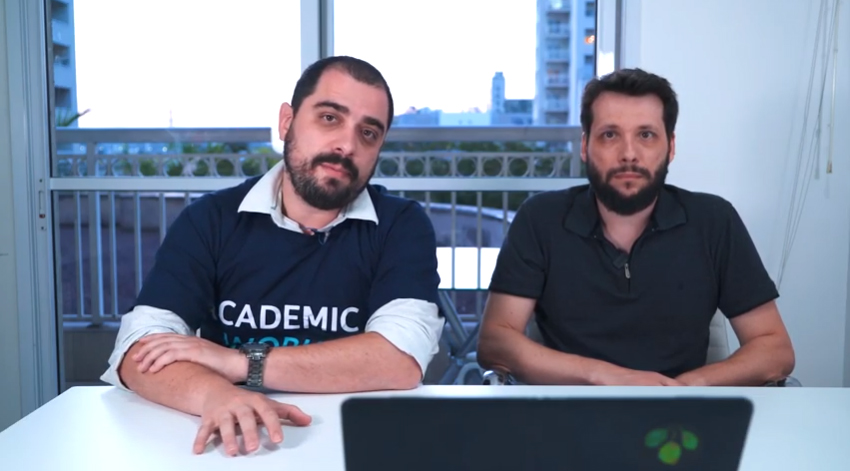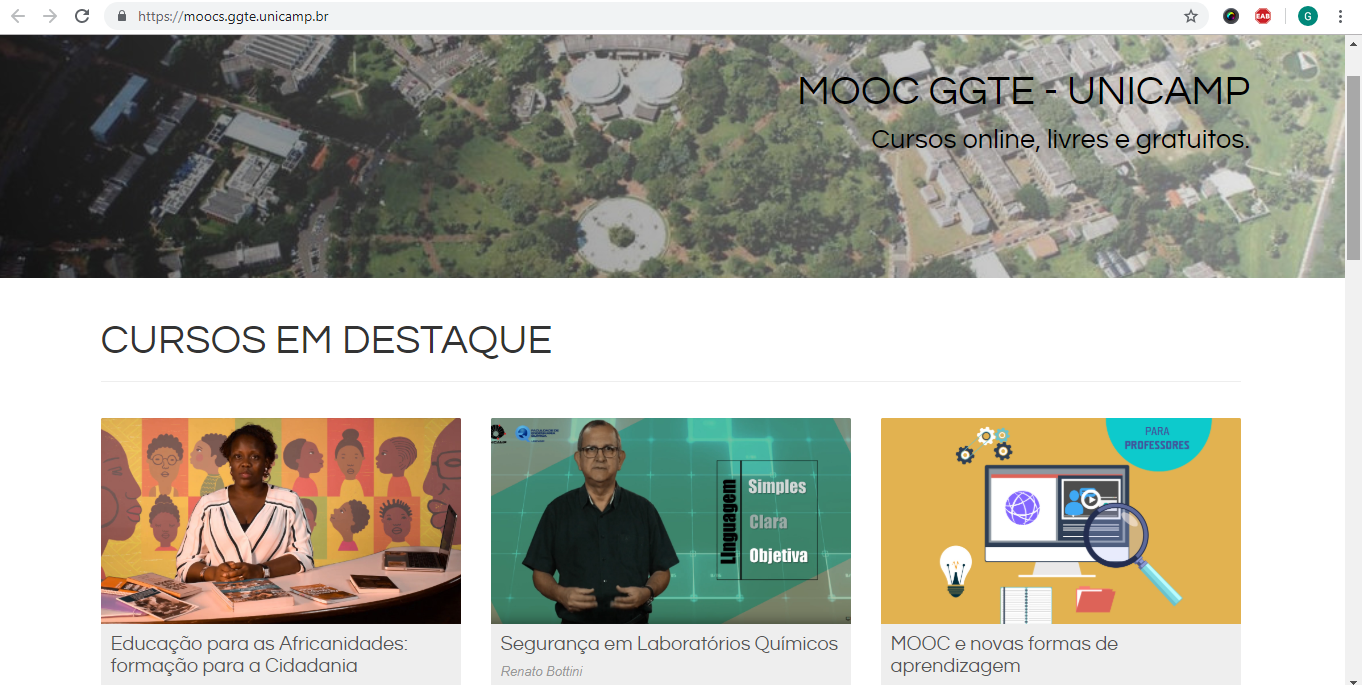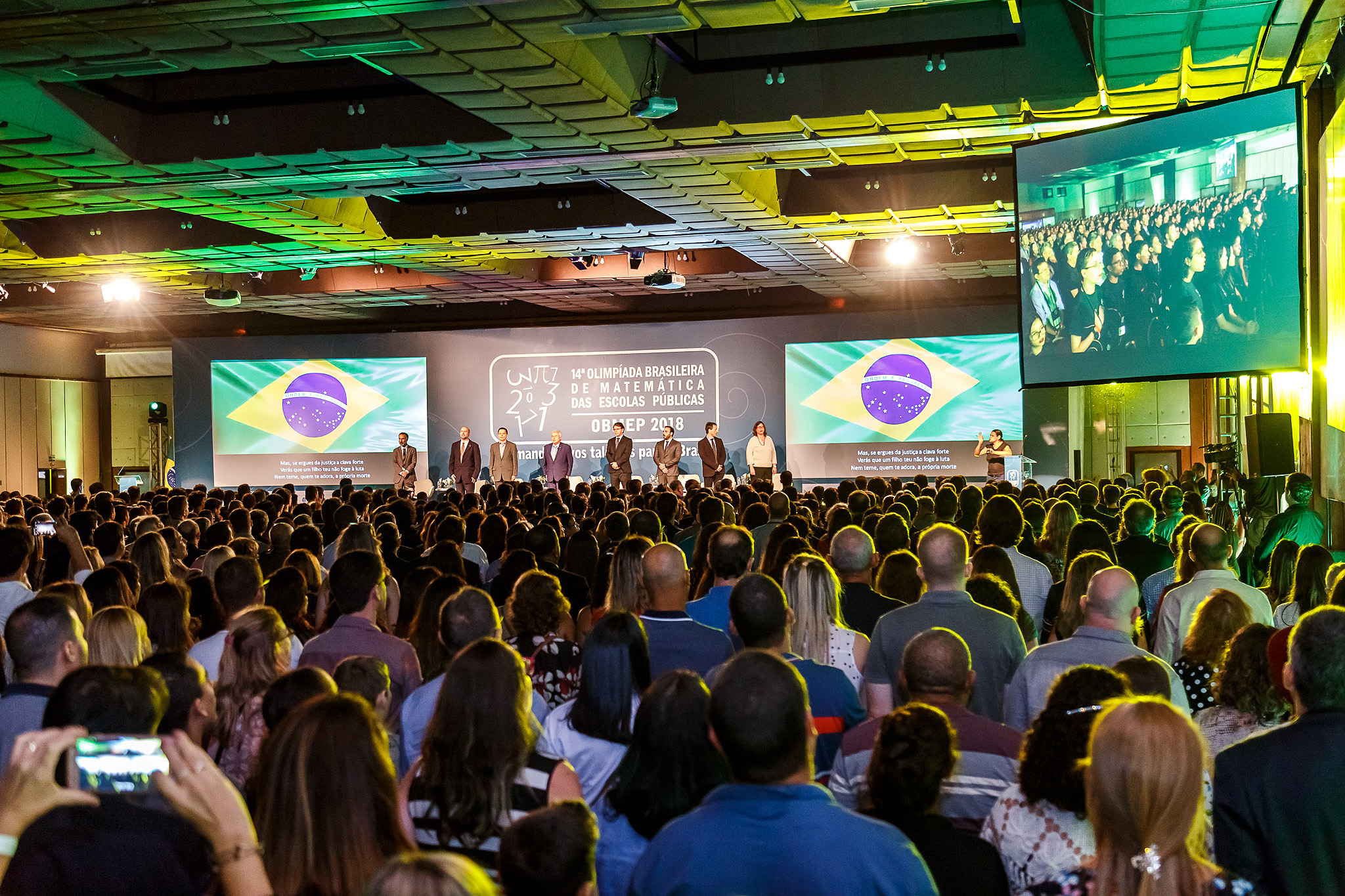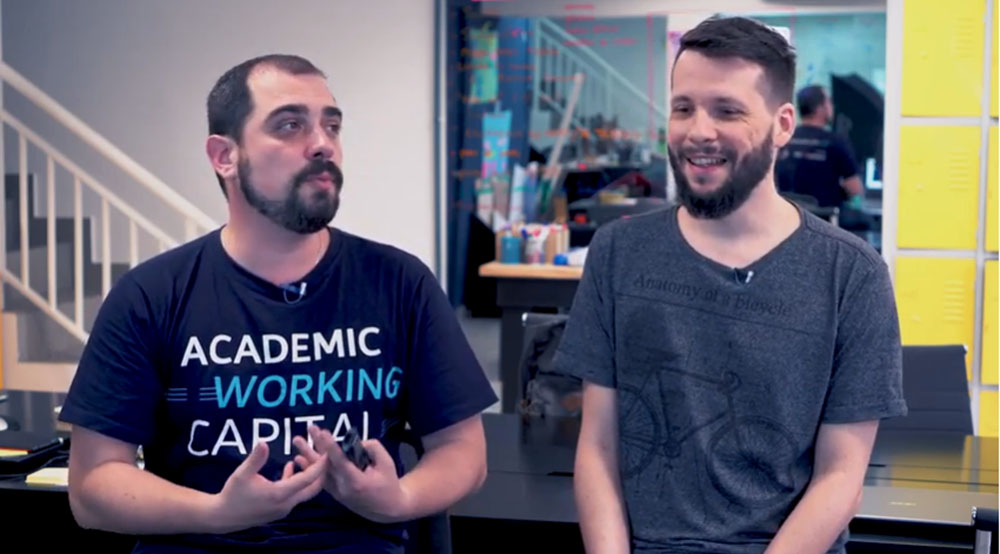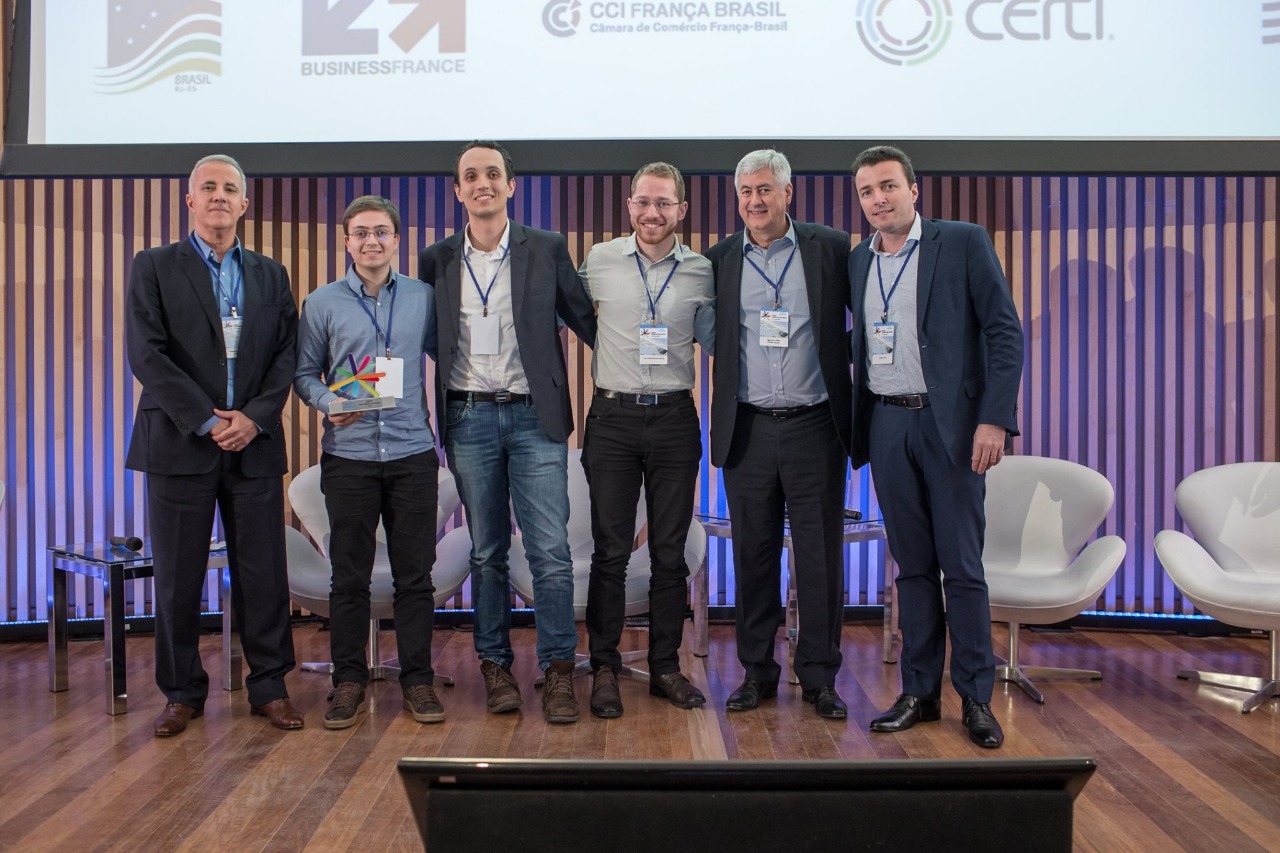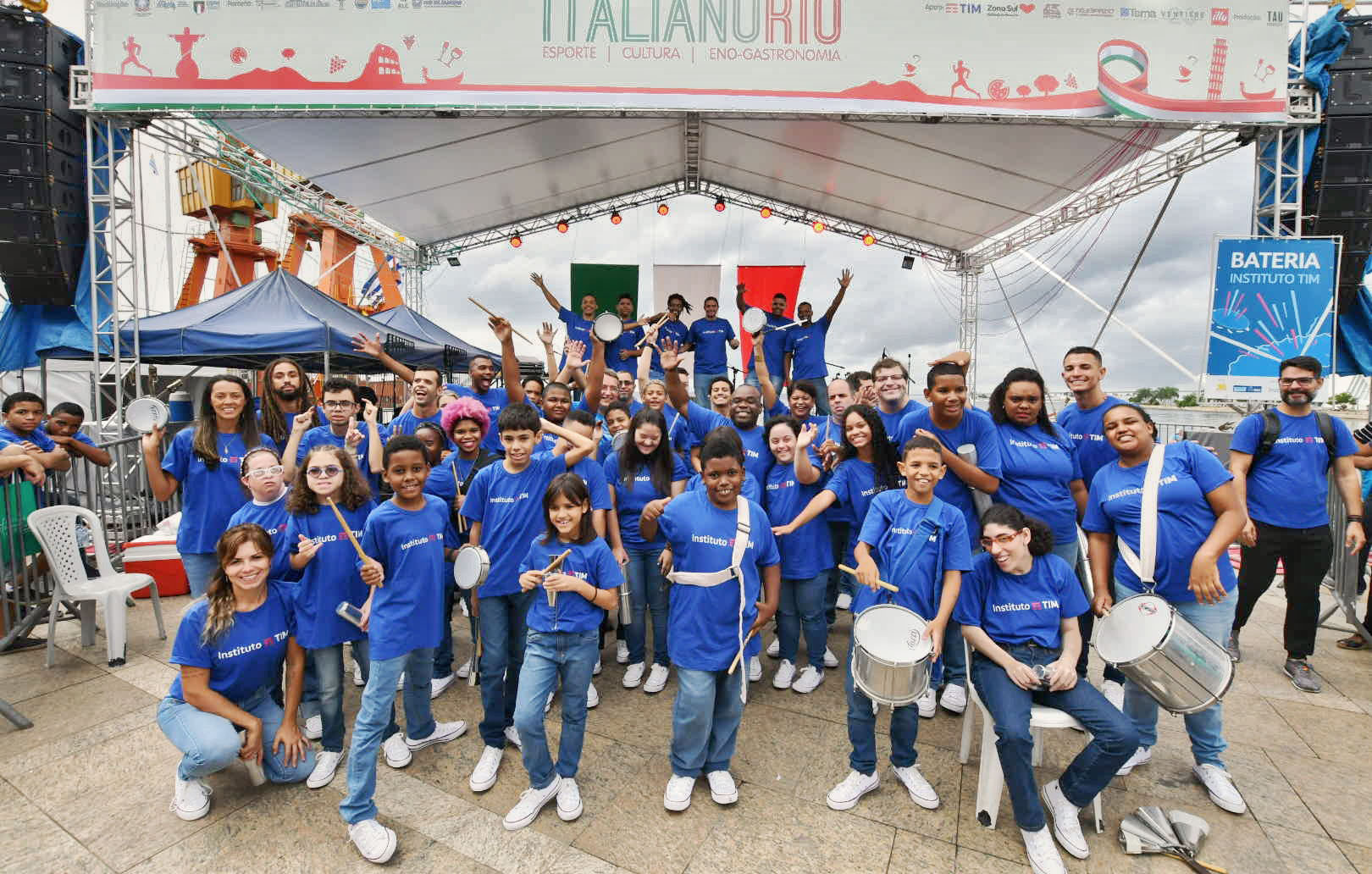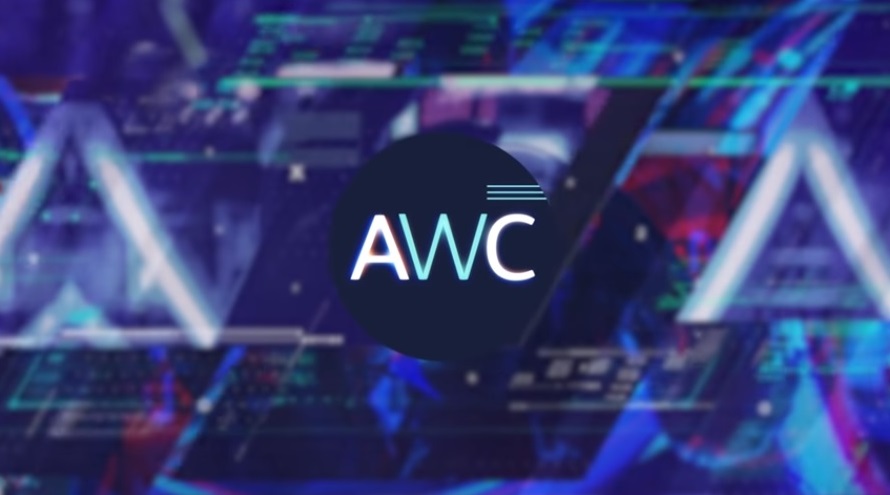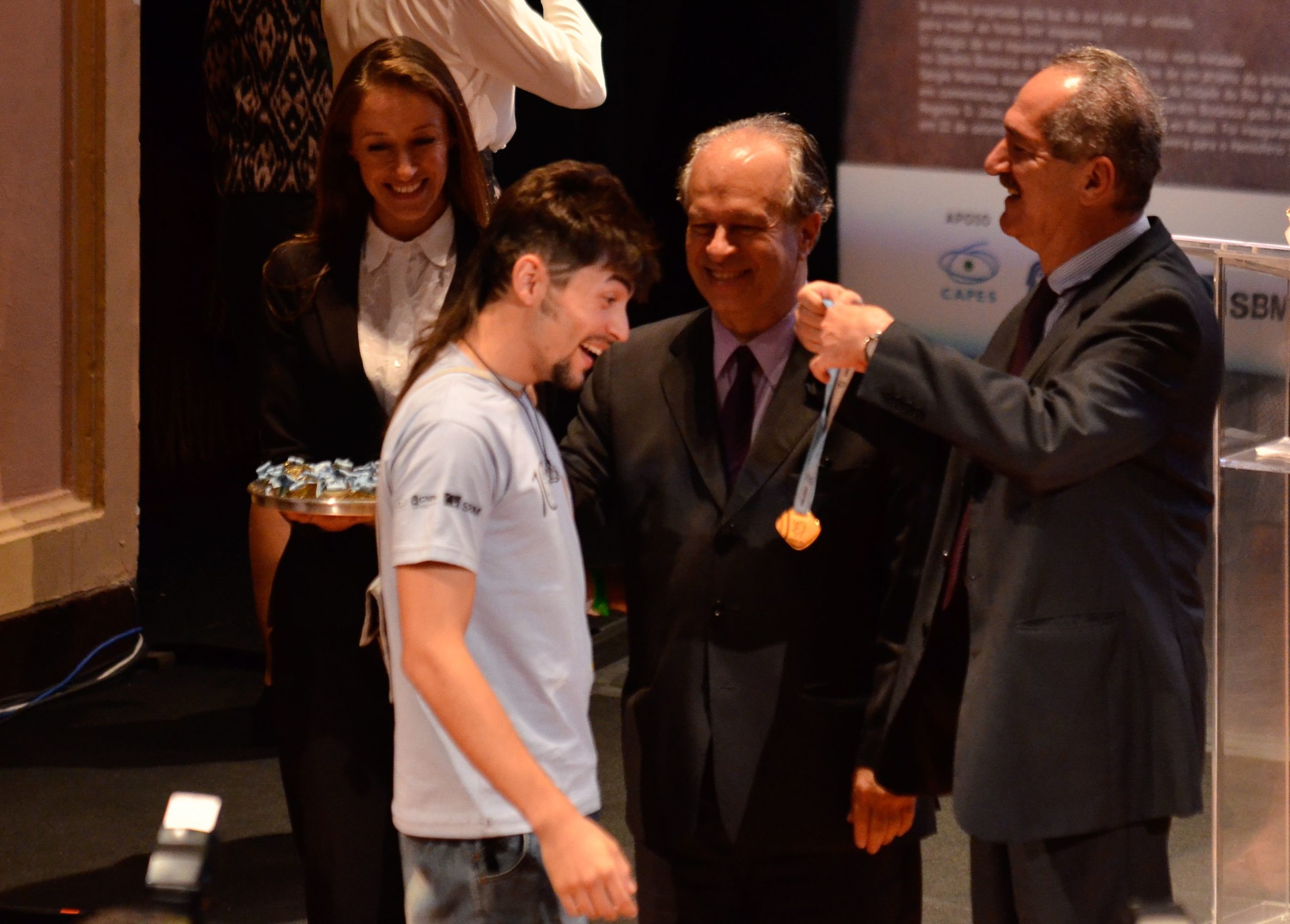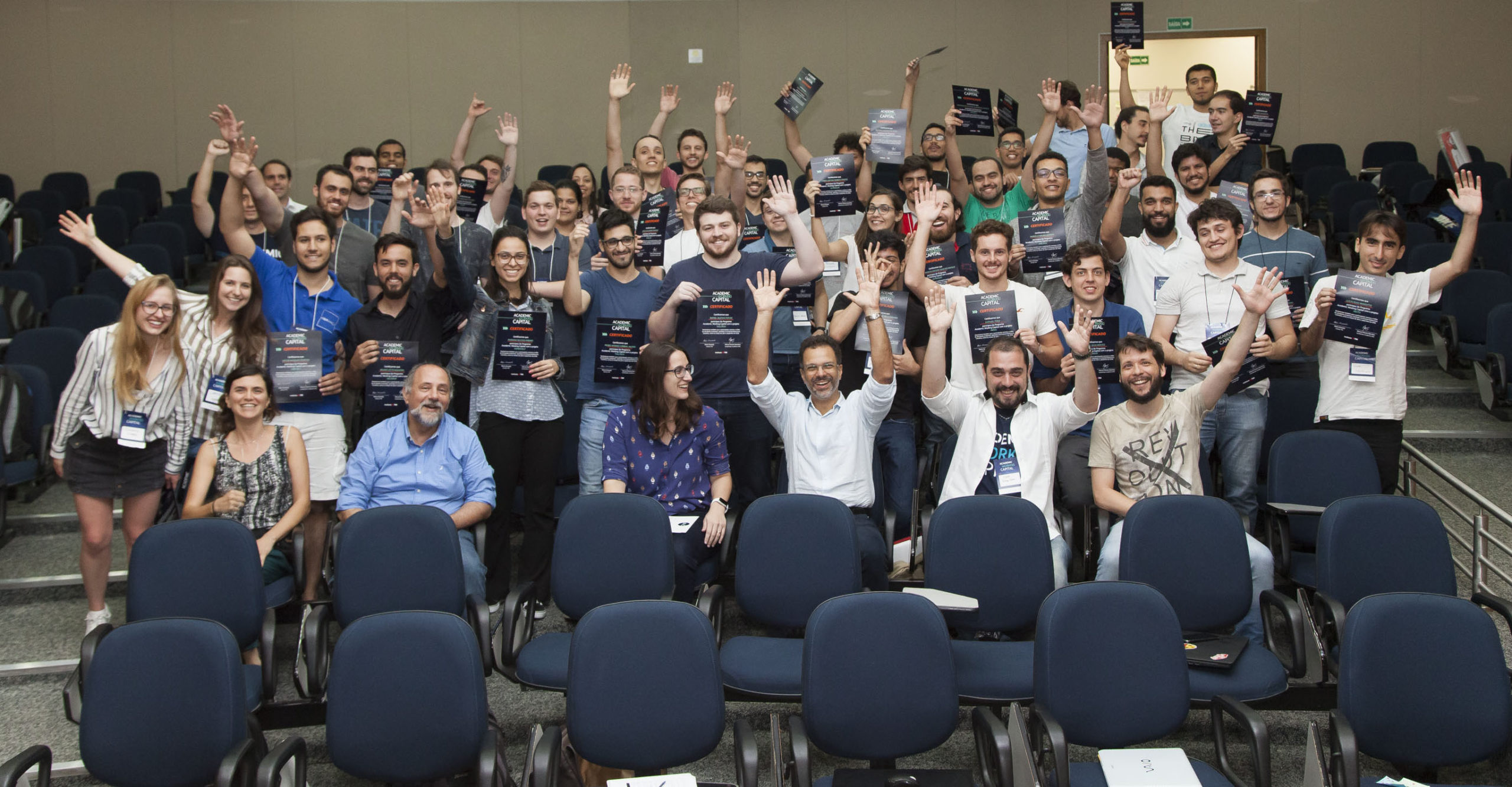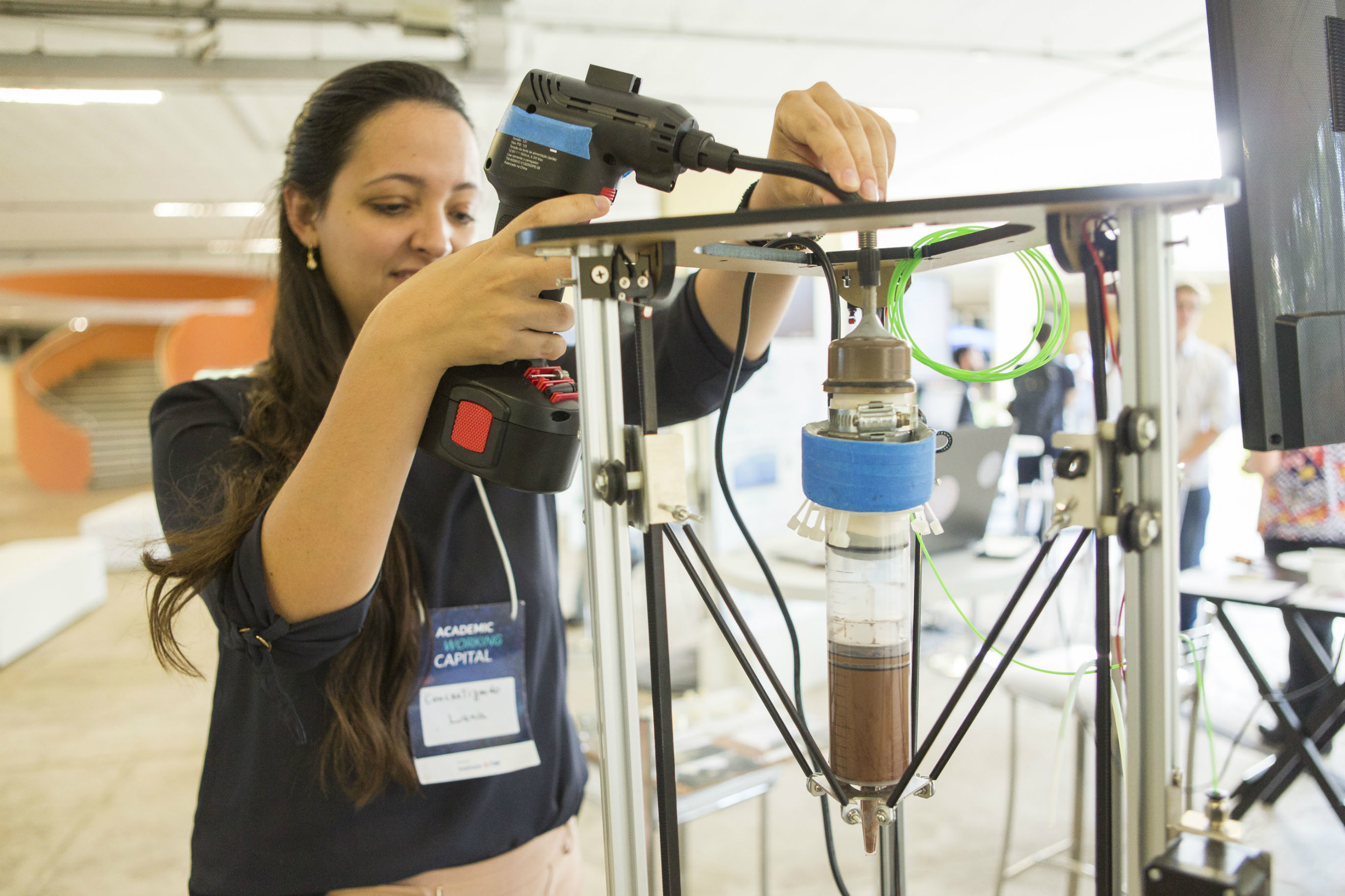
On Thursday, July 25, the rocket Falcon 9 left the US Space Agency (NASA) base, in Cape Canaveral, United States of America, towards the International Space Station – ISS. The rocket launch is of historical importance, as it is the third time it goes into space, but, for us, it has an even greater importance, since it is taking a special cargo: the “Capilaridade vs Gravidade no Processo de Filtração” (Capillarity Action vs. Gravity in Filtration Process) experiment, developed by the 11th Grade of High School students of the Federal Institute of Santa Catarina (IFSC), participants of the Garatéa-ISS project, supported by Instituto TIM.

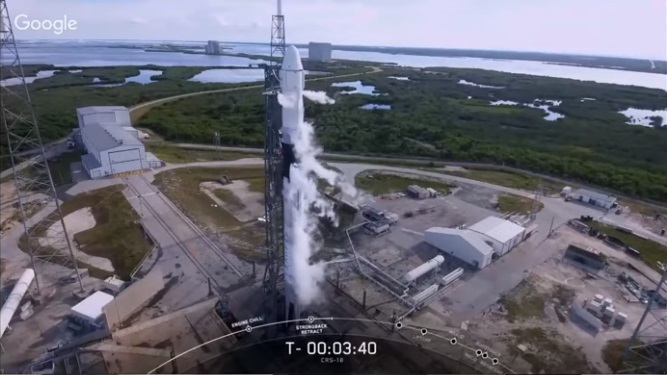
The experiment of the students from the city of Xanxerê traveled with over 40 other school experiments, being the only one from outside North America to take part in the Student Spaceflight Experiments Program (SSEP). The Brazilian experiment will stay for one month in the ISS, where it will be handled by astronauts according to the students’ instructions. When the experiment returns, they will compare the results obtained in spatial microgravity with the results from the control experiment, which will be put into operation under terrestrial gravity conditions.
Besides monitoring the launching over the Internet, the students Isabela Battistella, Renata Eliza Müller, Ricardo Vinícius Brum and Roberta Debortoli, authors of the experiment, participated in other launch-related activities. One of them was a conference on the beginning of the month of July at the Steven F. Udvar-Hazy Center Museum, in the city of Chantilly, where they presented their project. “We had the opportunity not only to see, but also to present the project under the Discovery engines. It was phenomenal to have this experience of being so close to a space shuttle and being able to present to the american society what Brazil is helping to develop,” told the space engineer Lucas Fonseca, director of the Garatéa Mission, who carries out the Garatéa-ISS project. “What I noticed is that because we had the responsibility to represent Brazil abroad, the students really worked hard for the presentations,” he adds.
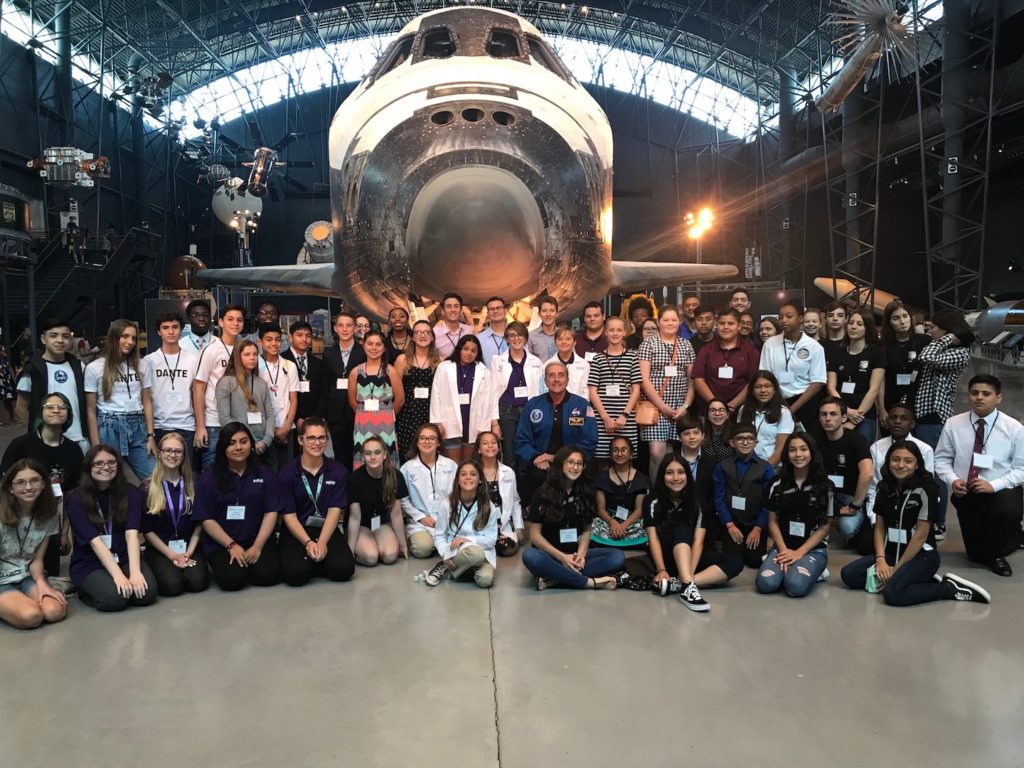

On a live broadcast before the launching, Renata told more about how the IFSC group decided to participate in the Garatéa-ISS. It was her who first learned of the initiative in an ad in Galileu magazine. “We went to talk with the teachers to be able to participate in the project,” tells. “She is a potential astronomer!,” praises Lucas. For Isabela, the whole process was very different from anything she had done before “Setting up the experiment was an amazing experience,” says the student. “We didn’t think we were going to win, we thought we were just going to participate,” she added.
Inspired by the Brazilian clay water filter, the experiment created by the students investigates ways of filtering water in space, using a physical concept called capillary action. “Our experiment aims to recreate this filter using the same filtering agent, which is activated carbon,” tells Isabela. The project may even expand beyond the students’ studies. “Currently, in space, water is filtered using iodine, which can later damage people’s health, so this enriches the project. It can actually be used,” tells Lucas.
The 2019 edition of Garatéa-ISS is now open for registration. Public and private schools can apply until 08/11 on the Garatéa Mission website.
Follow the launch from minute 9:35:



